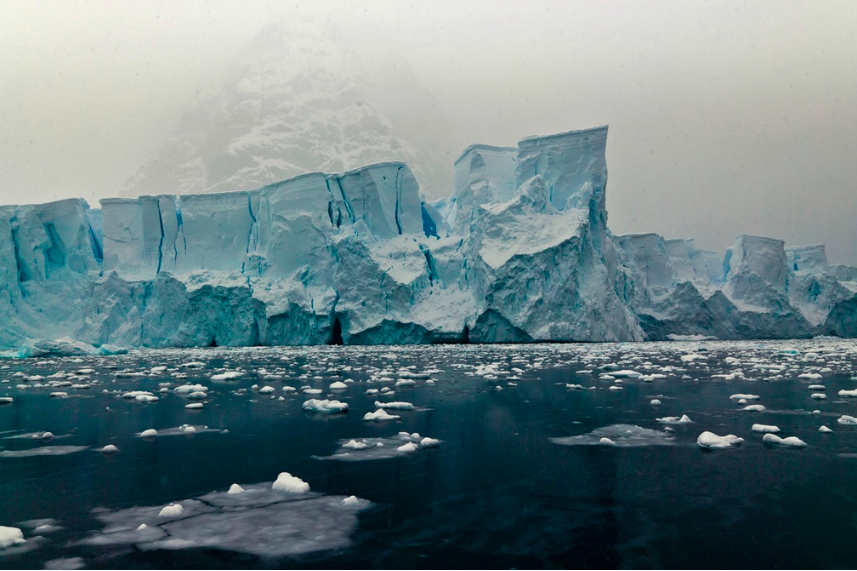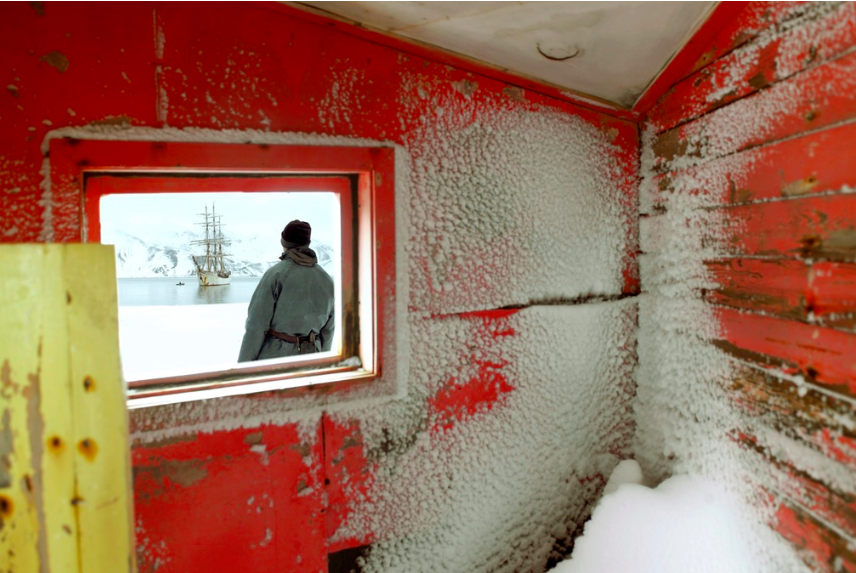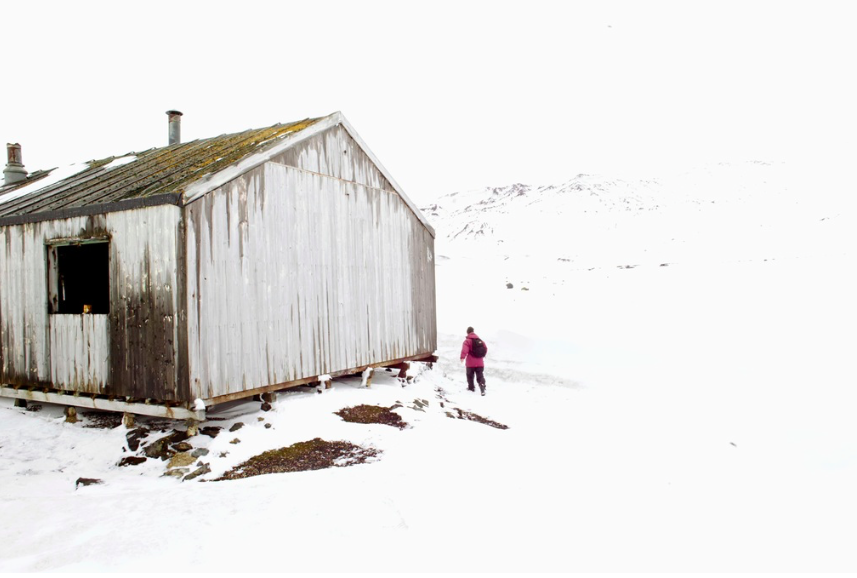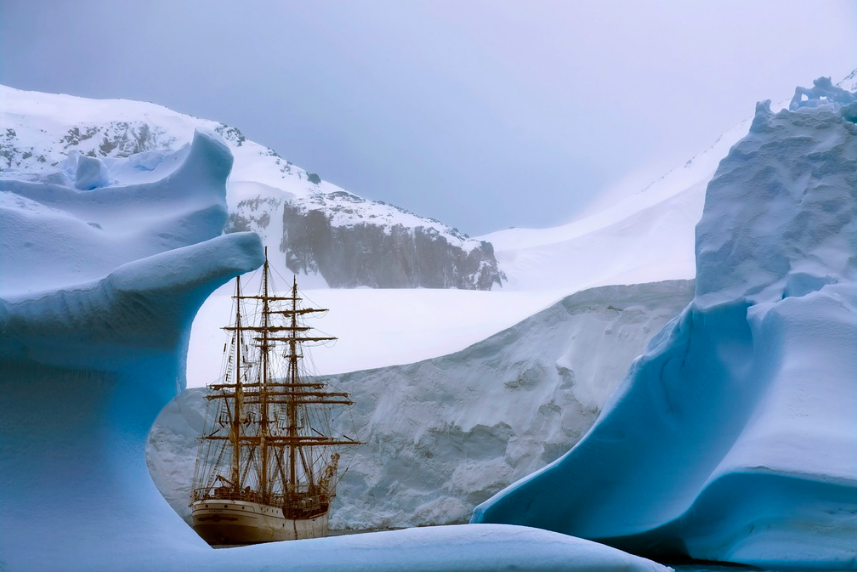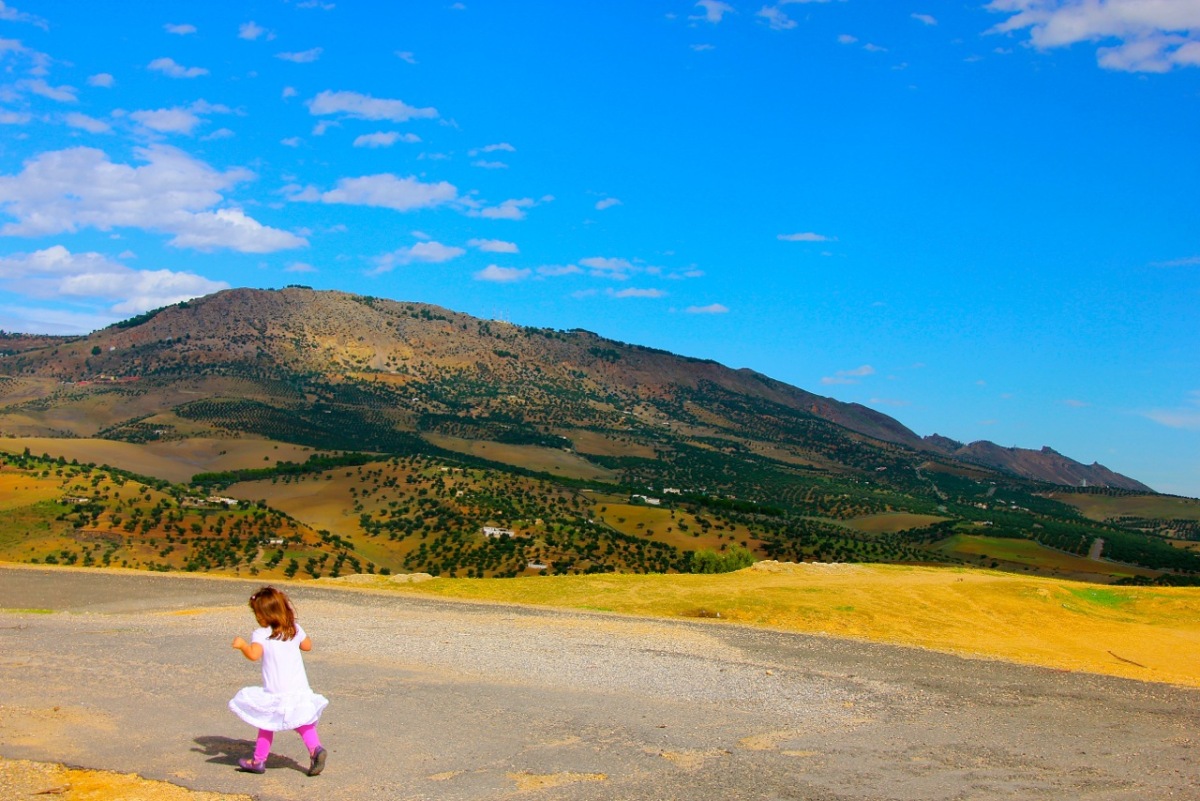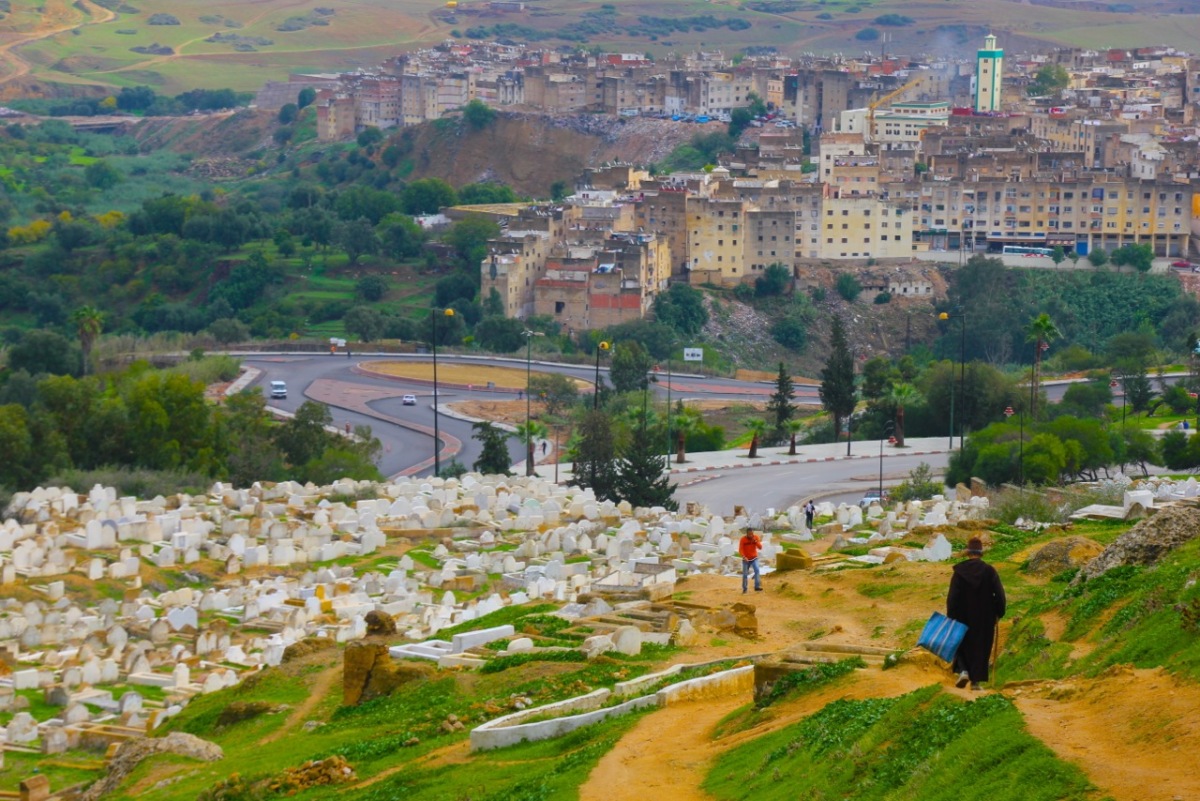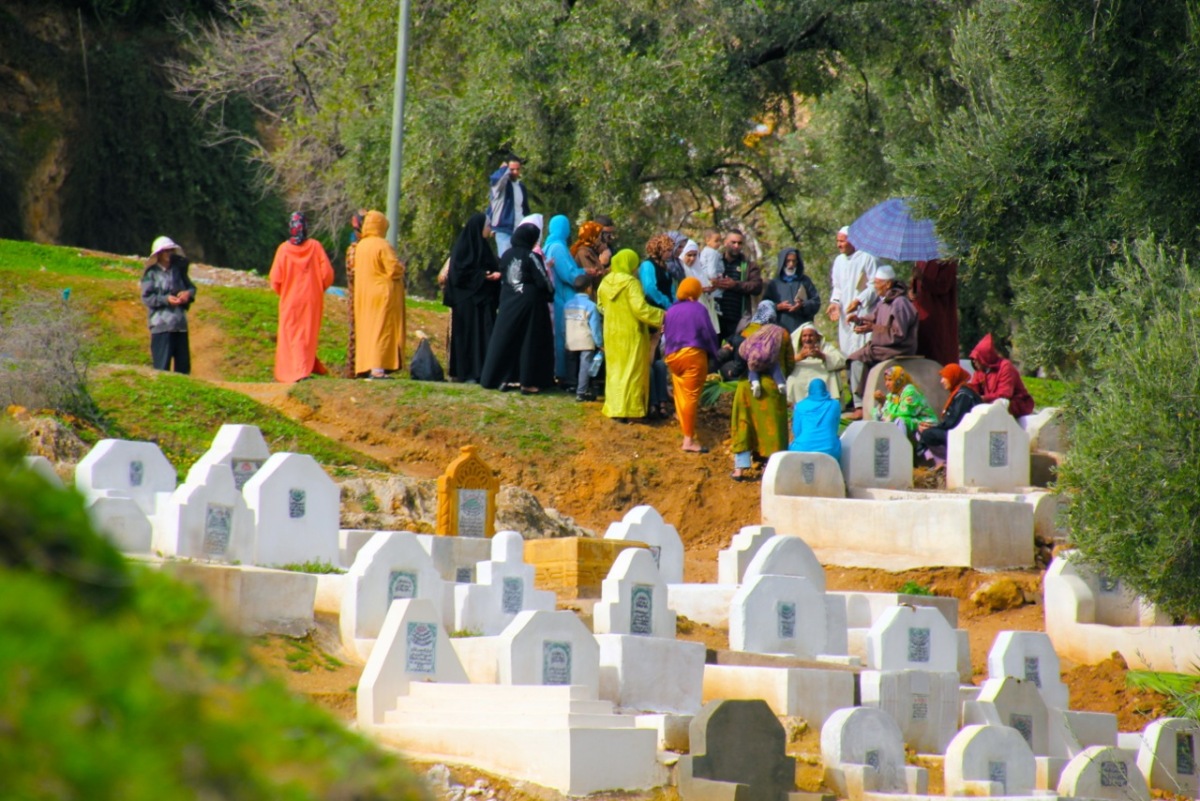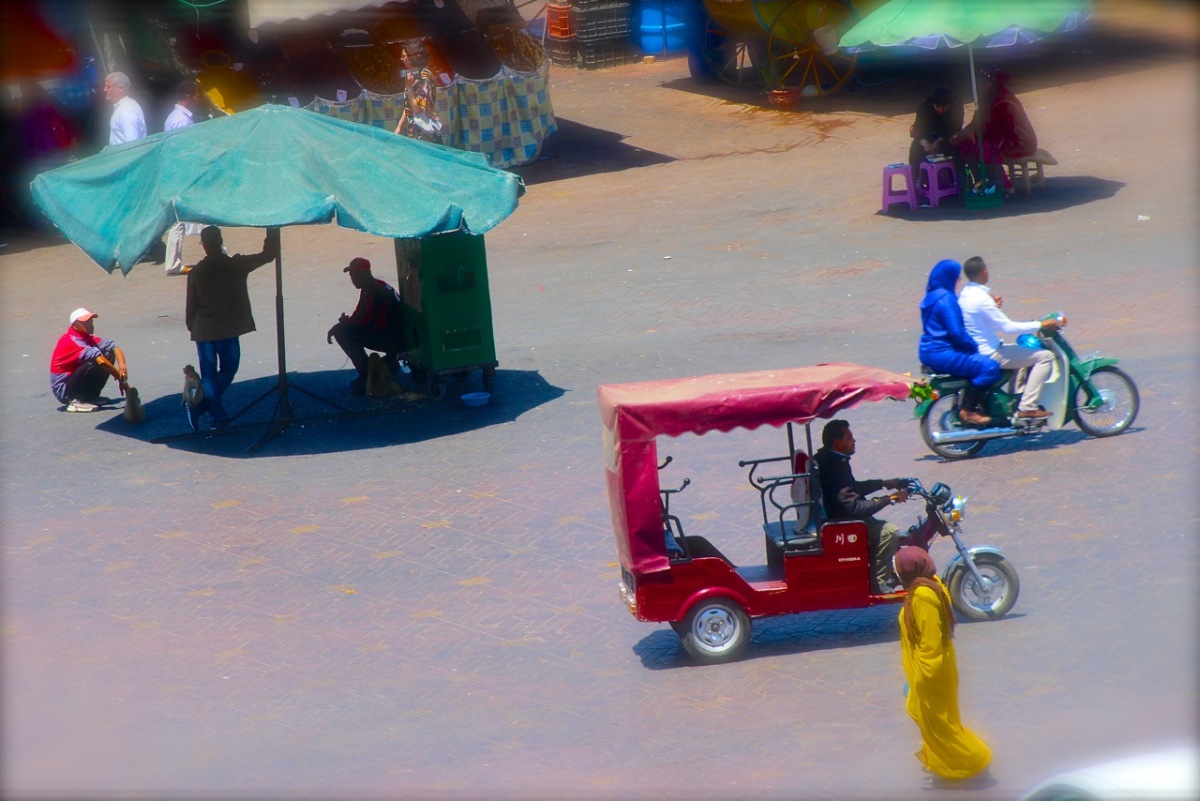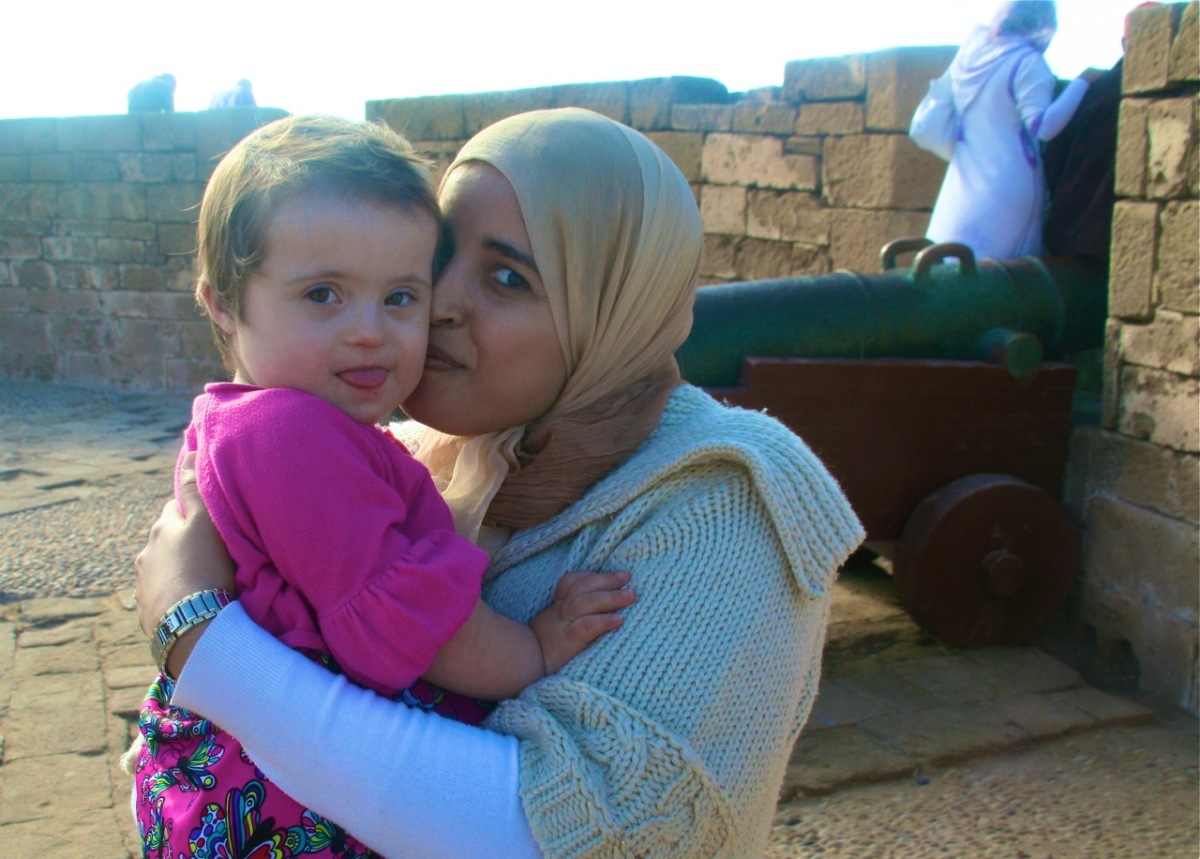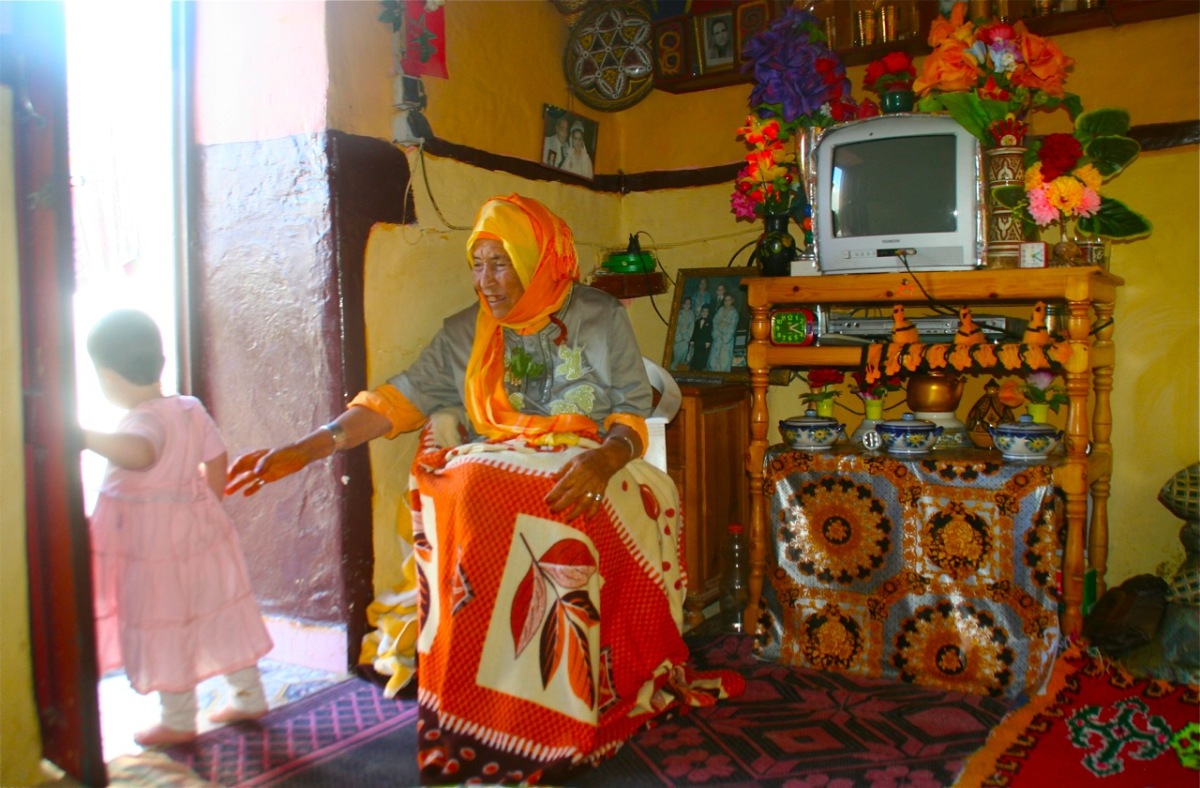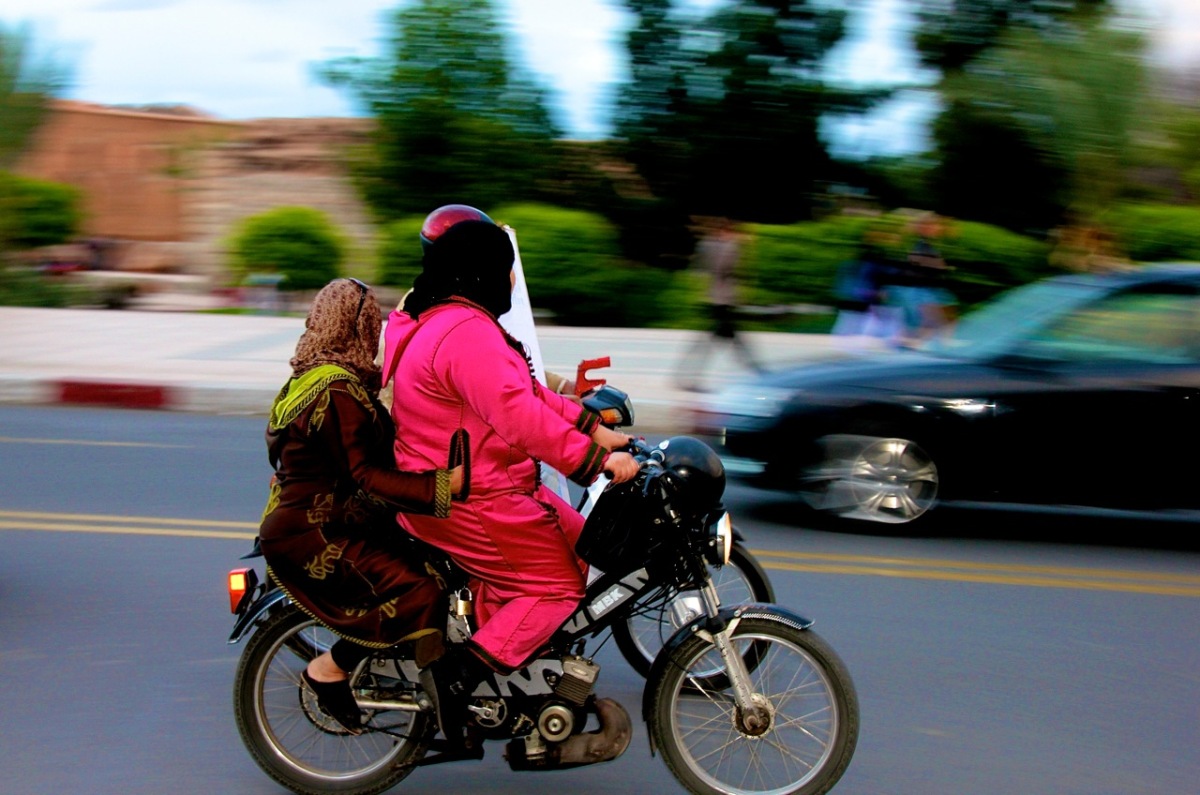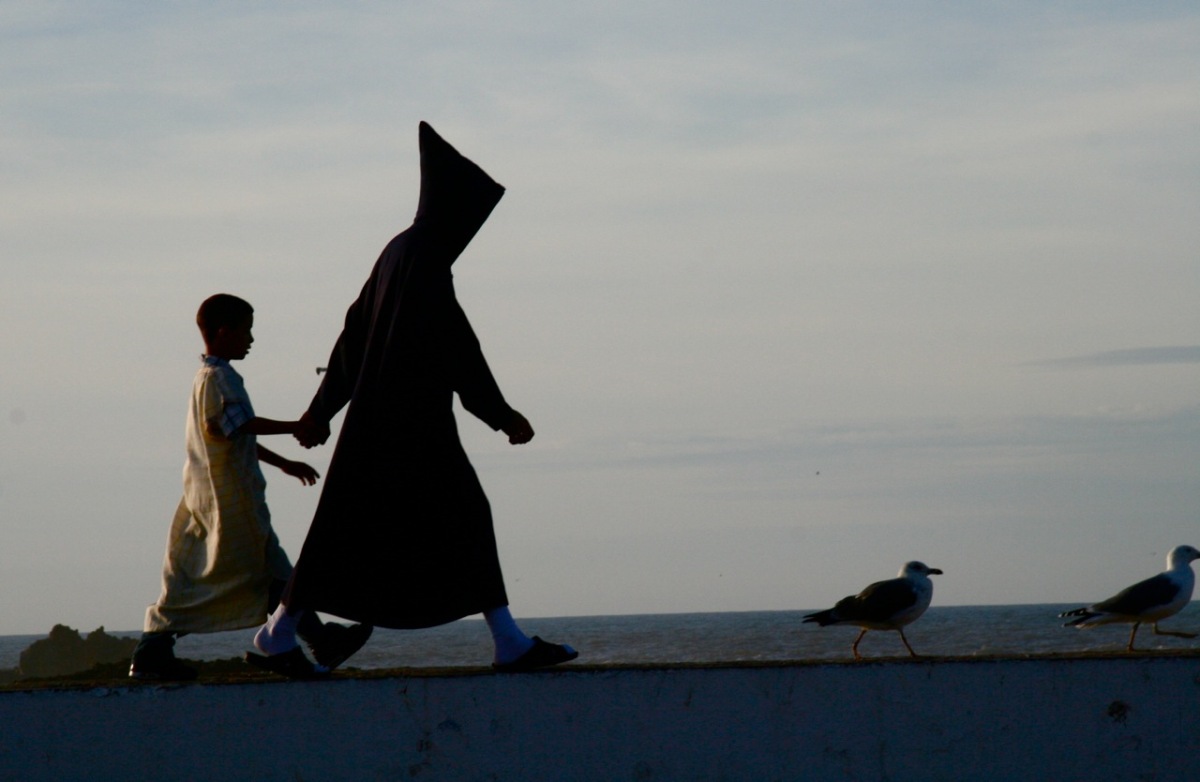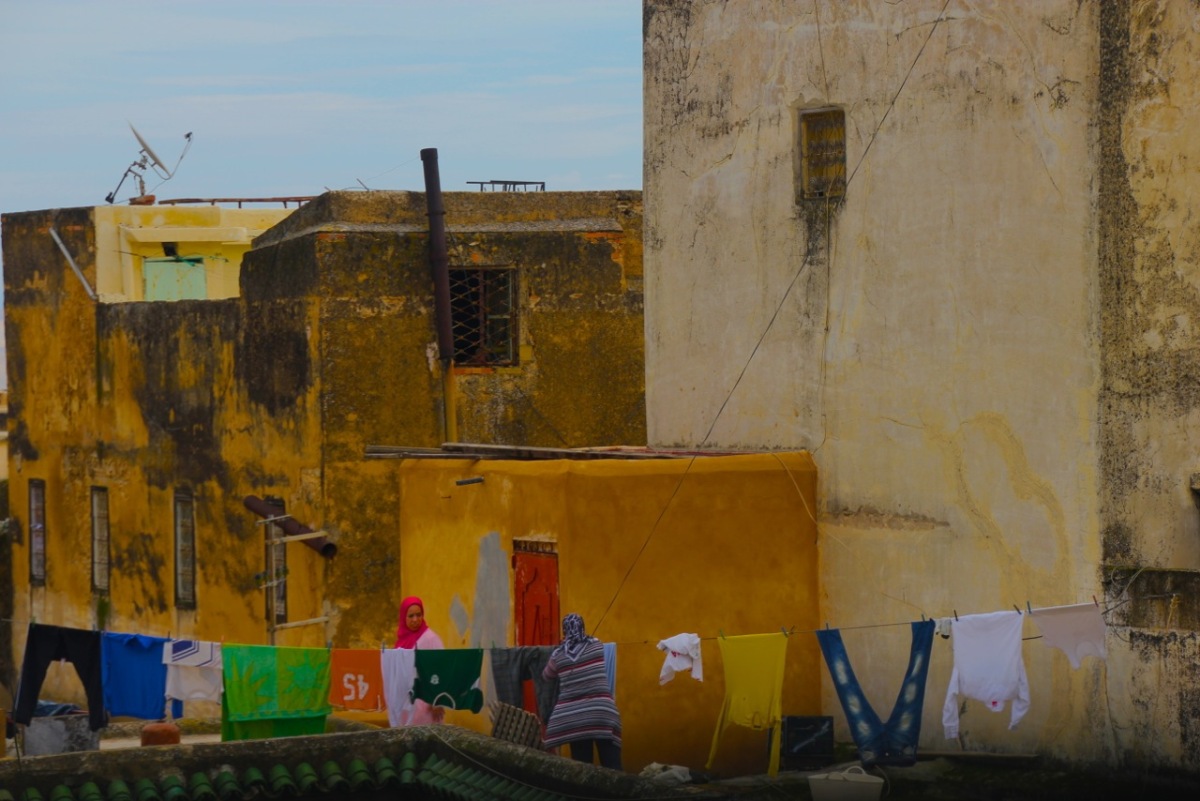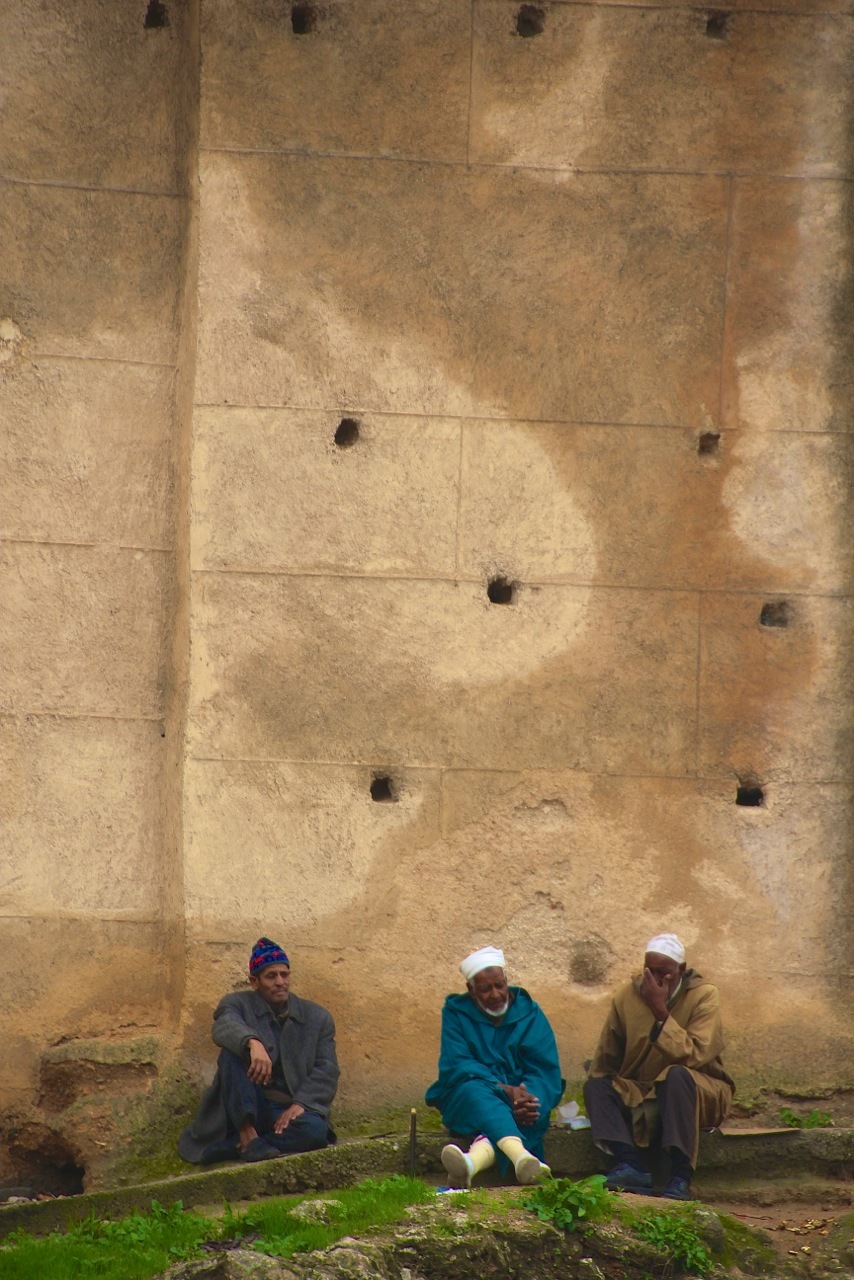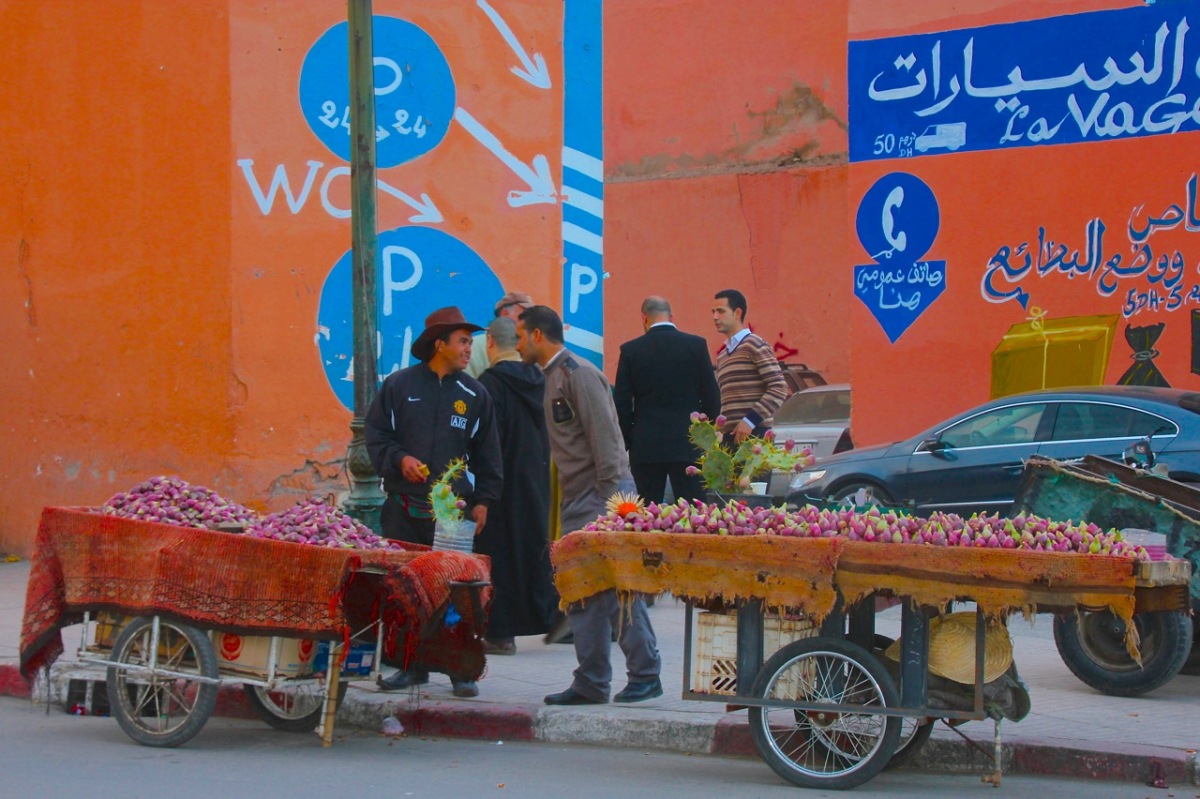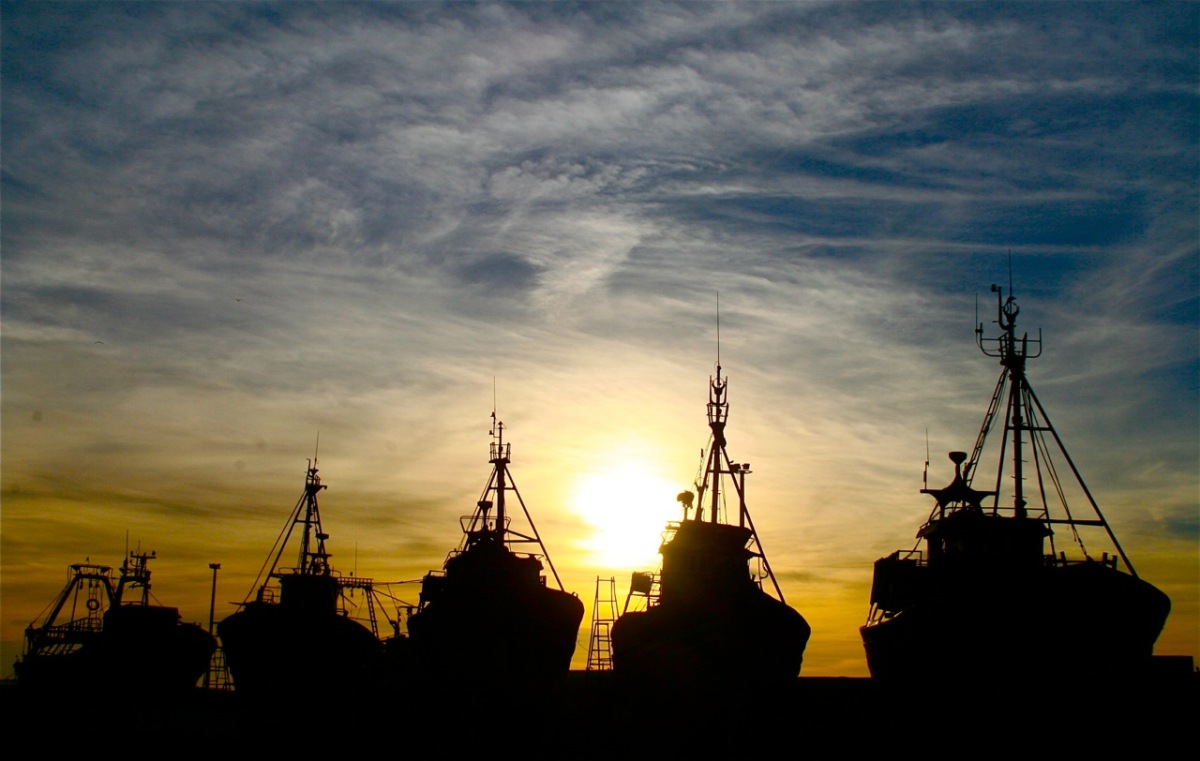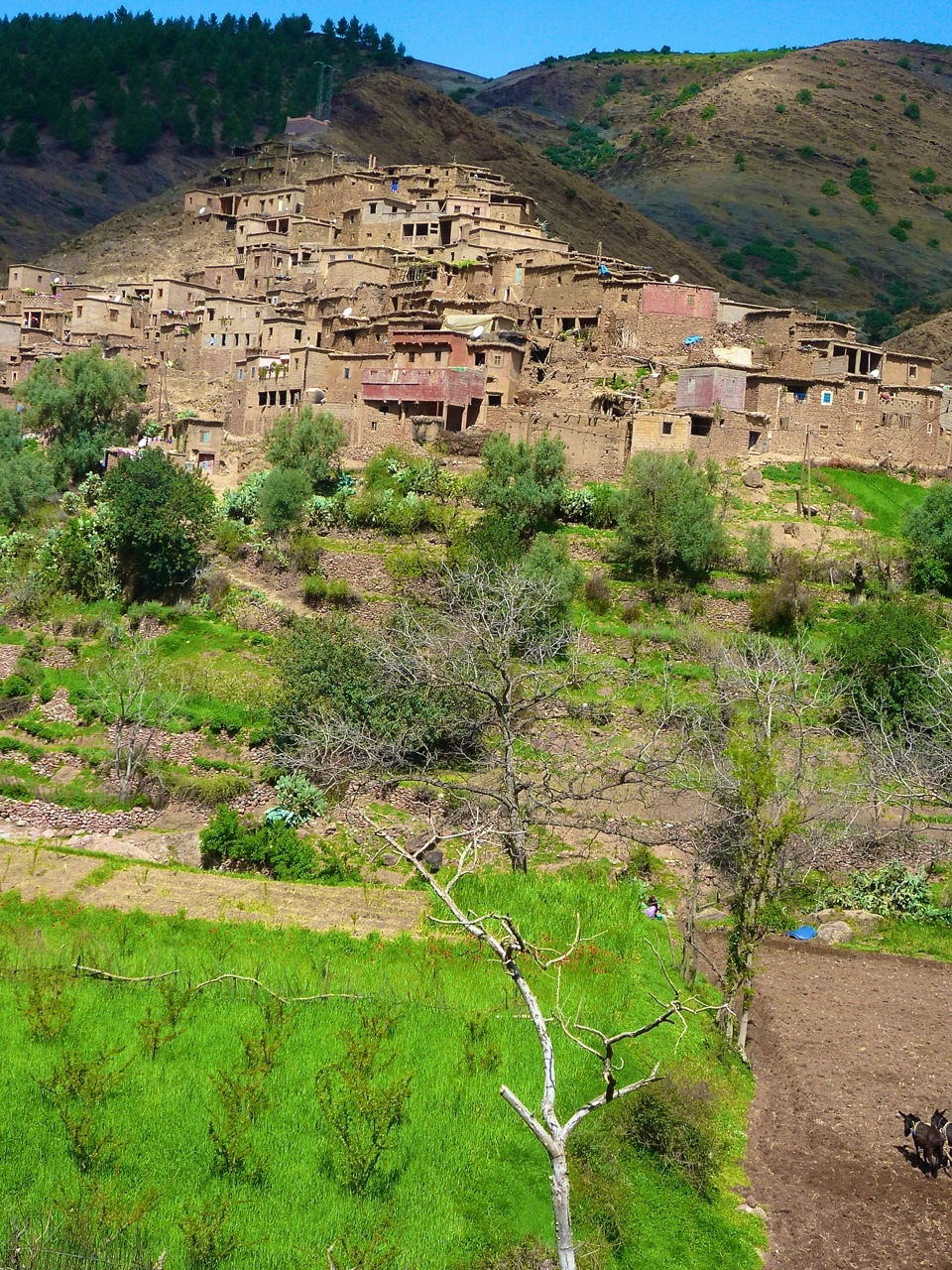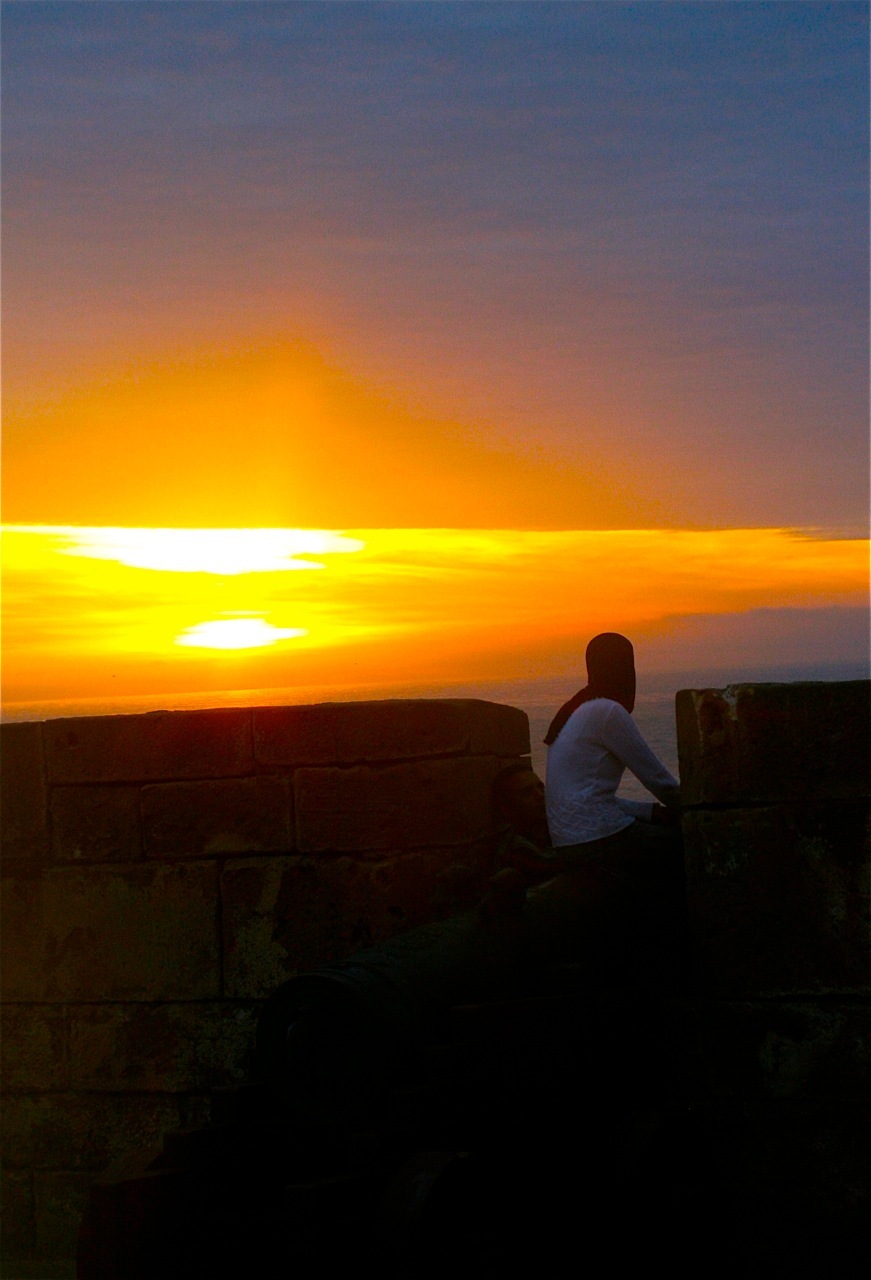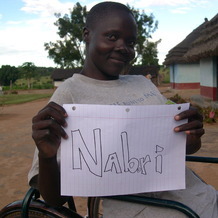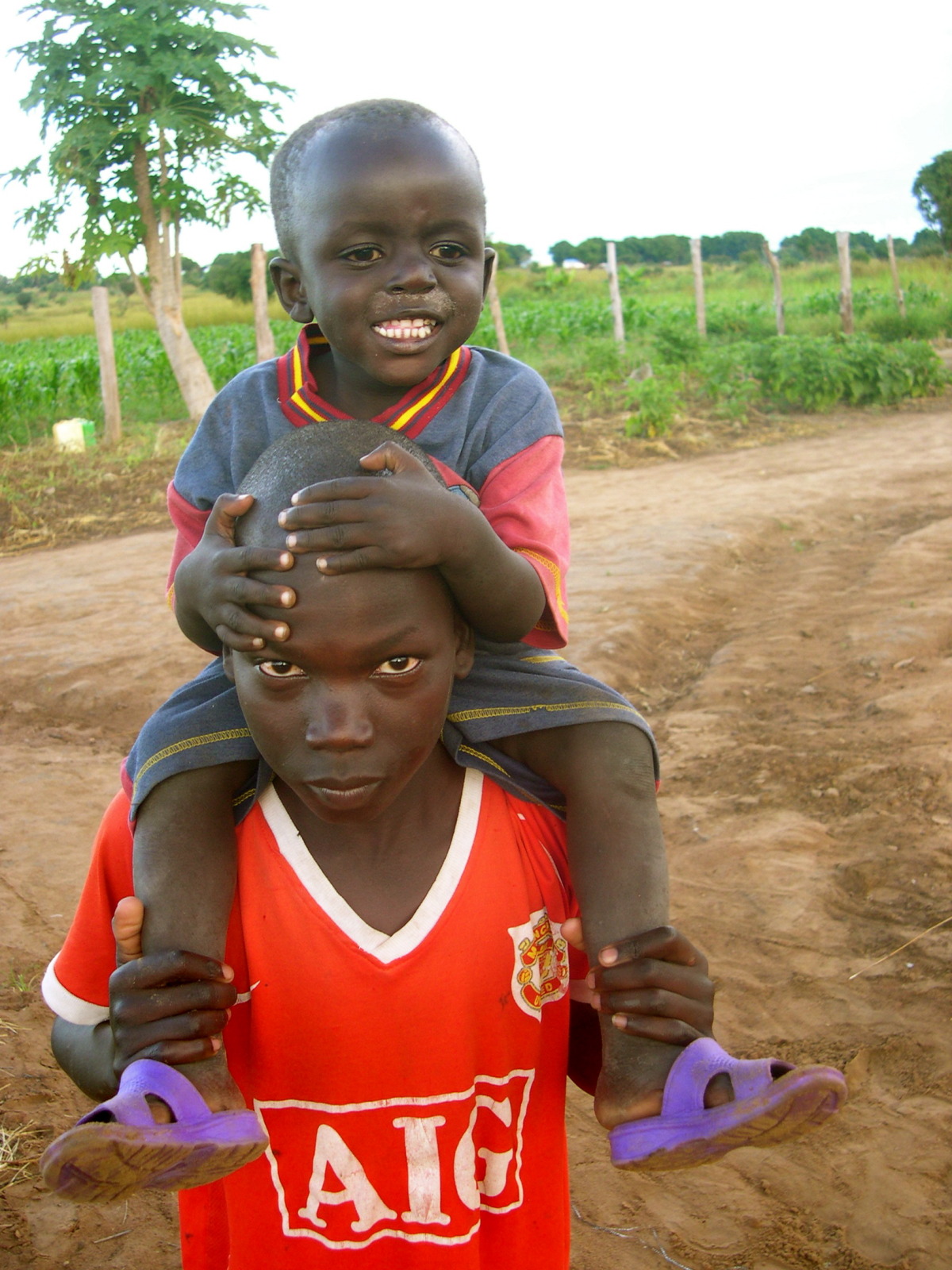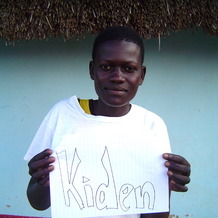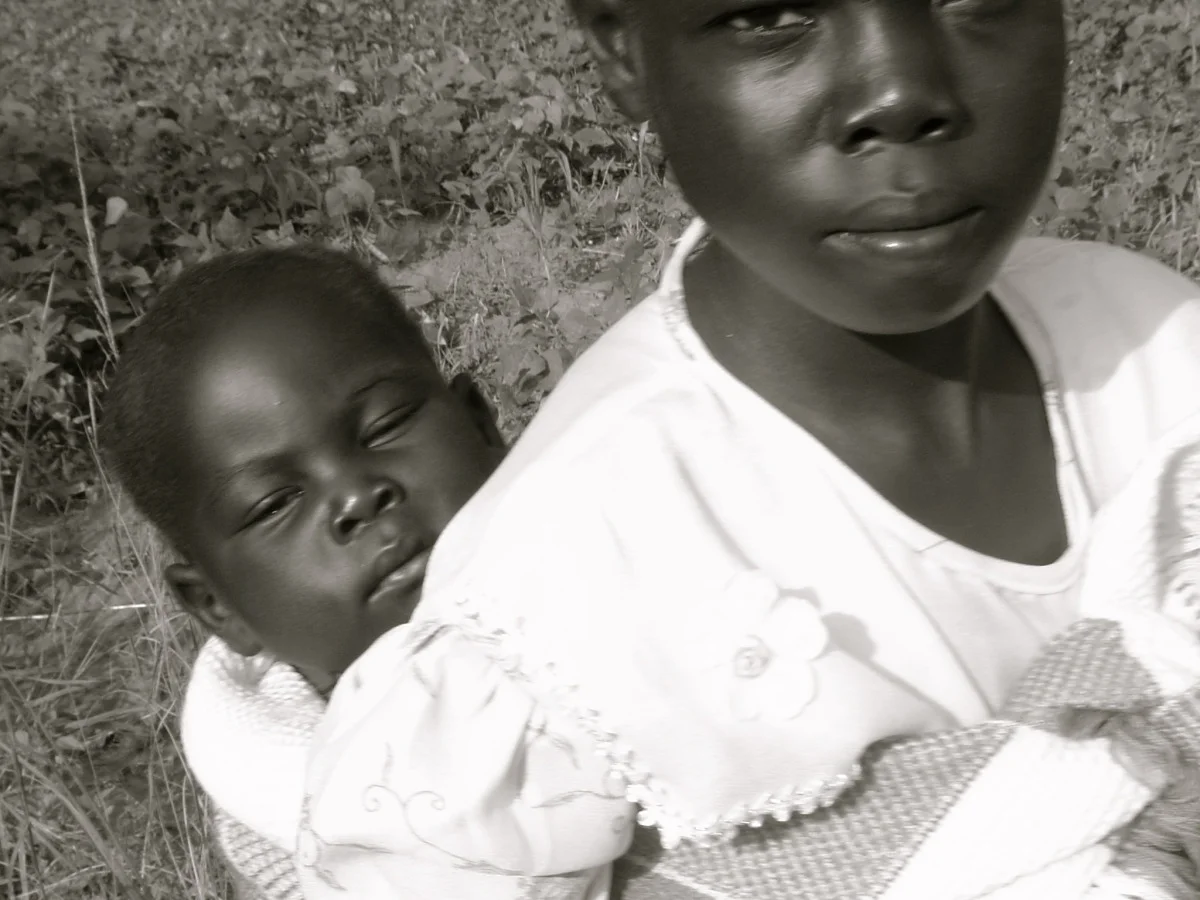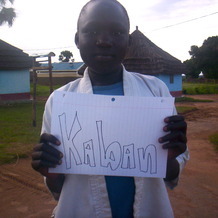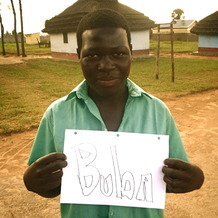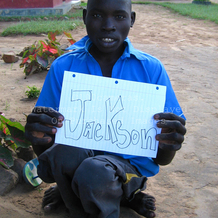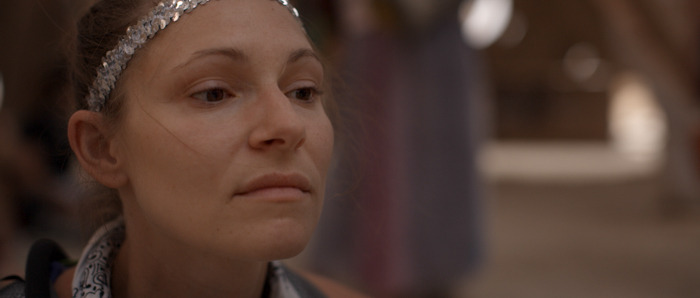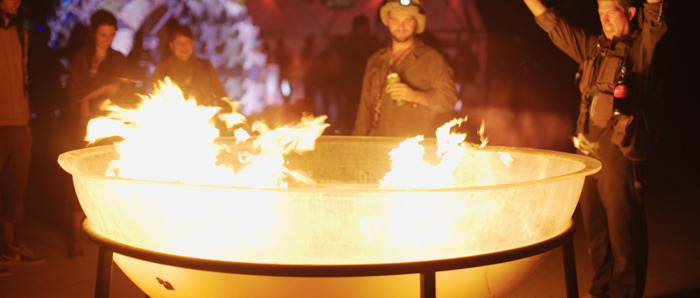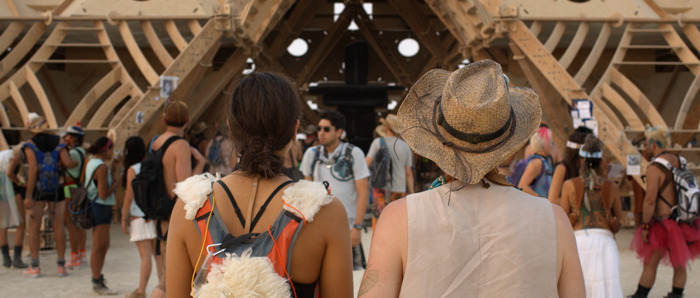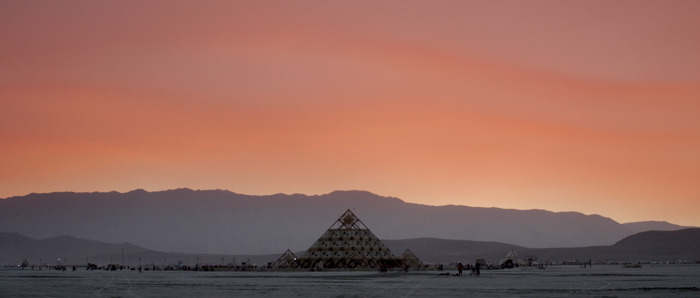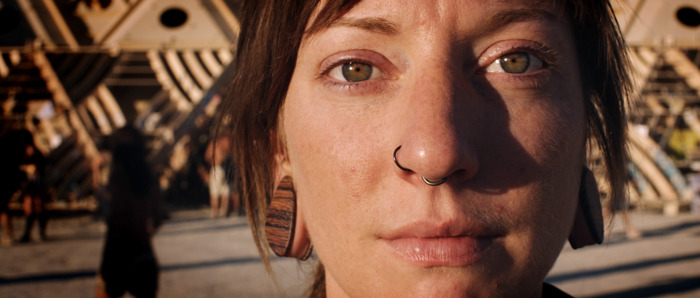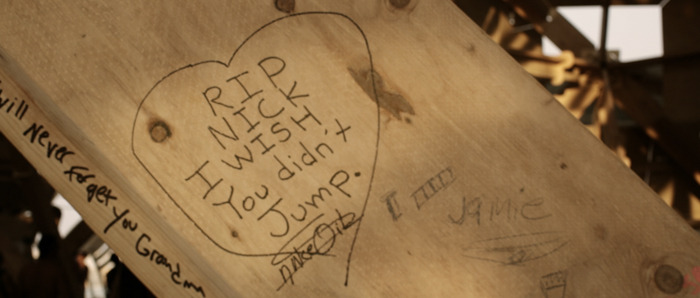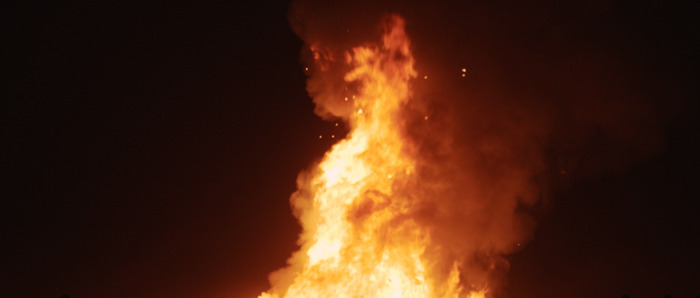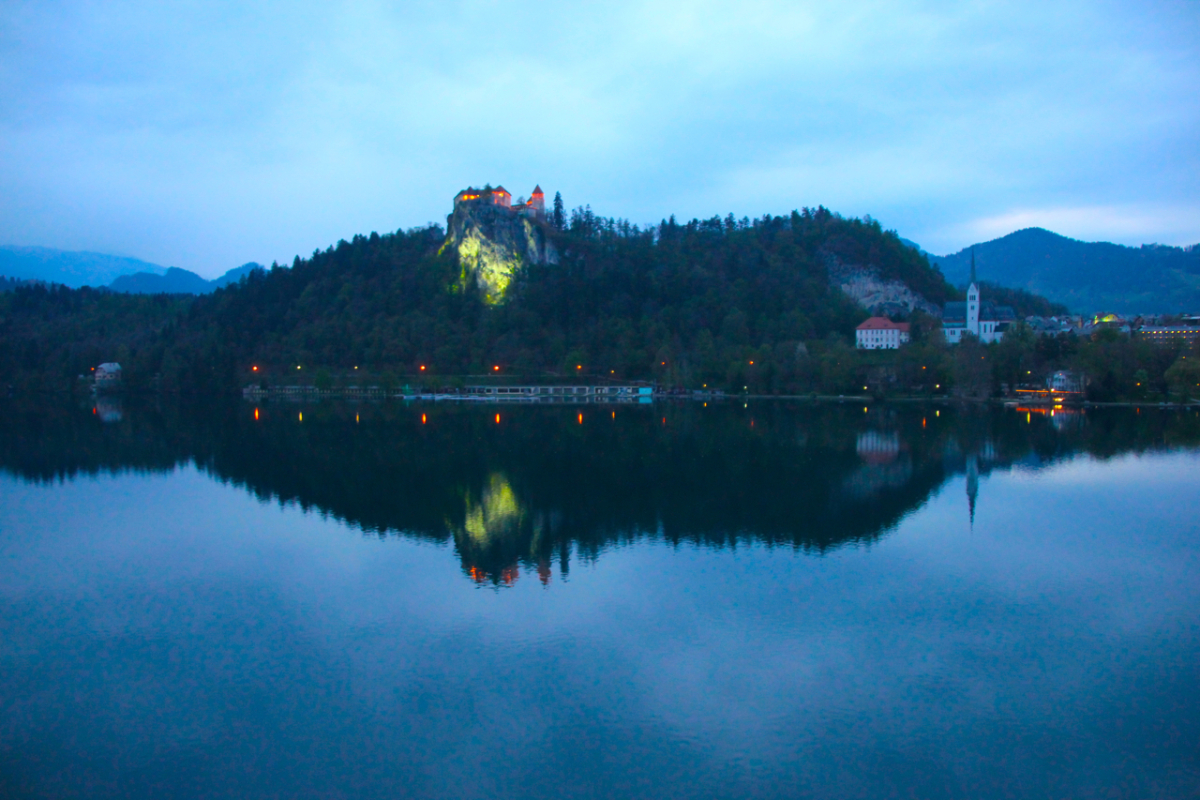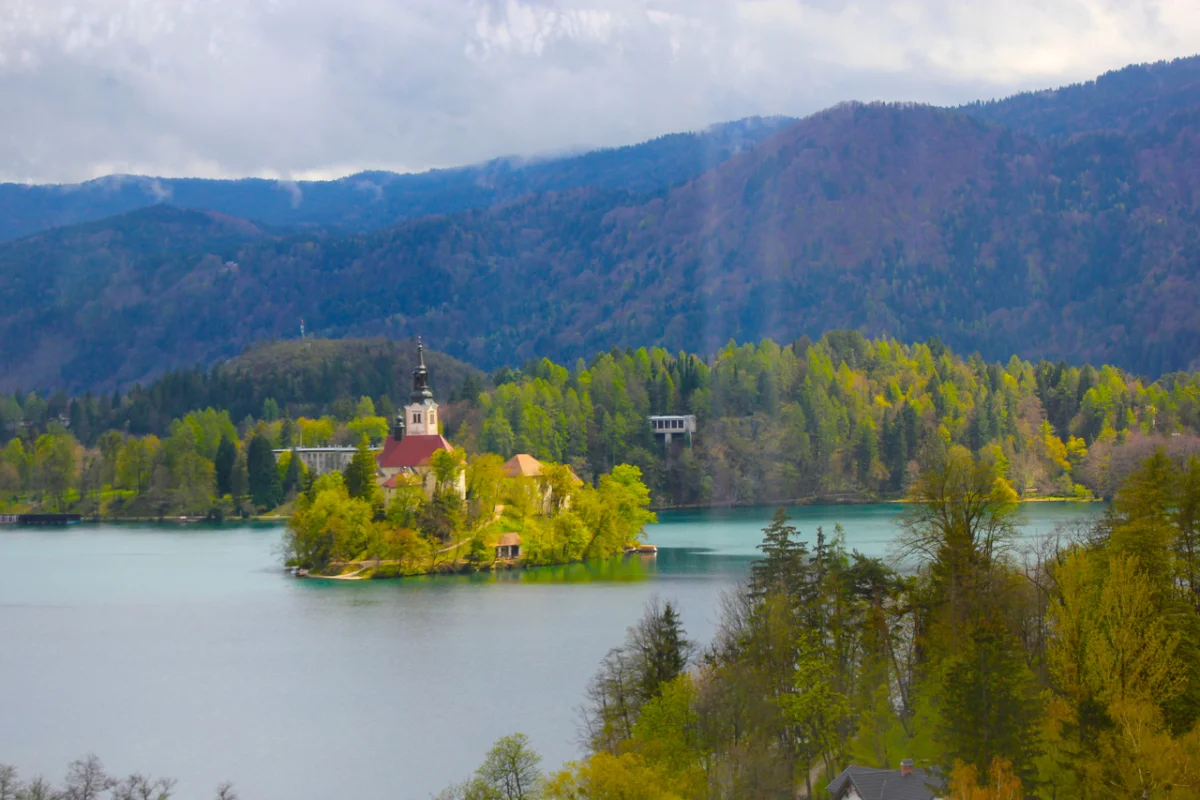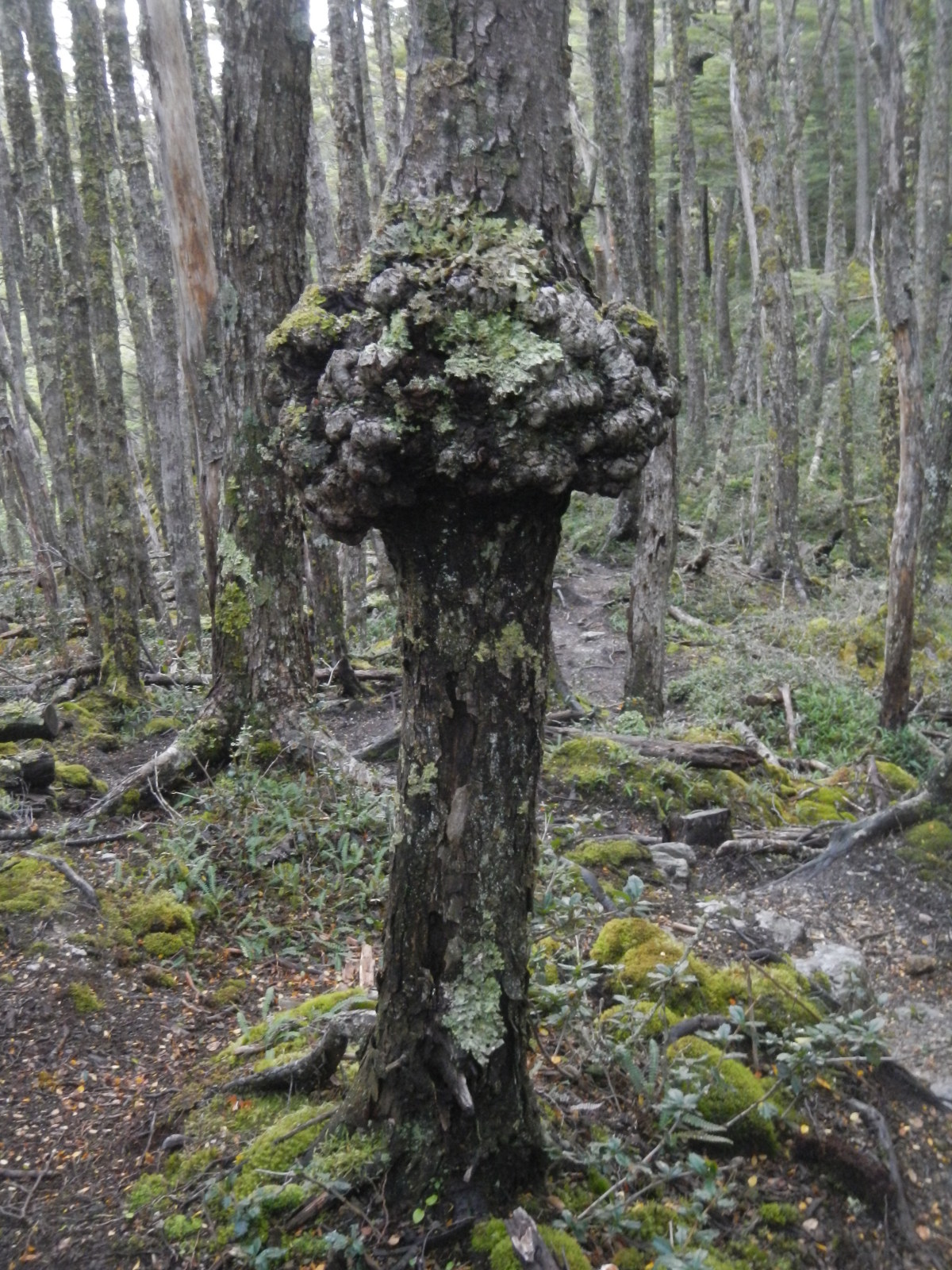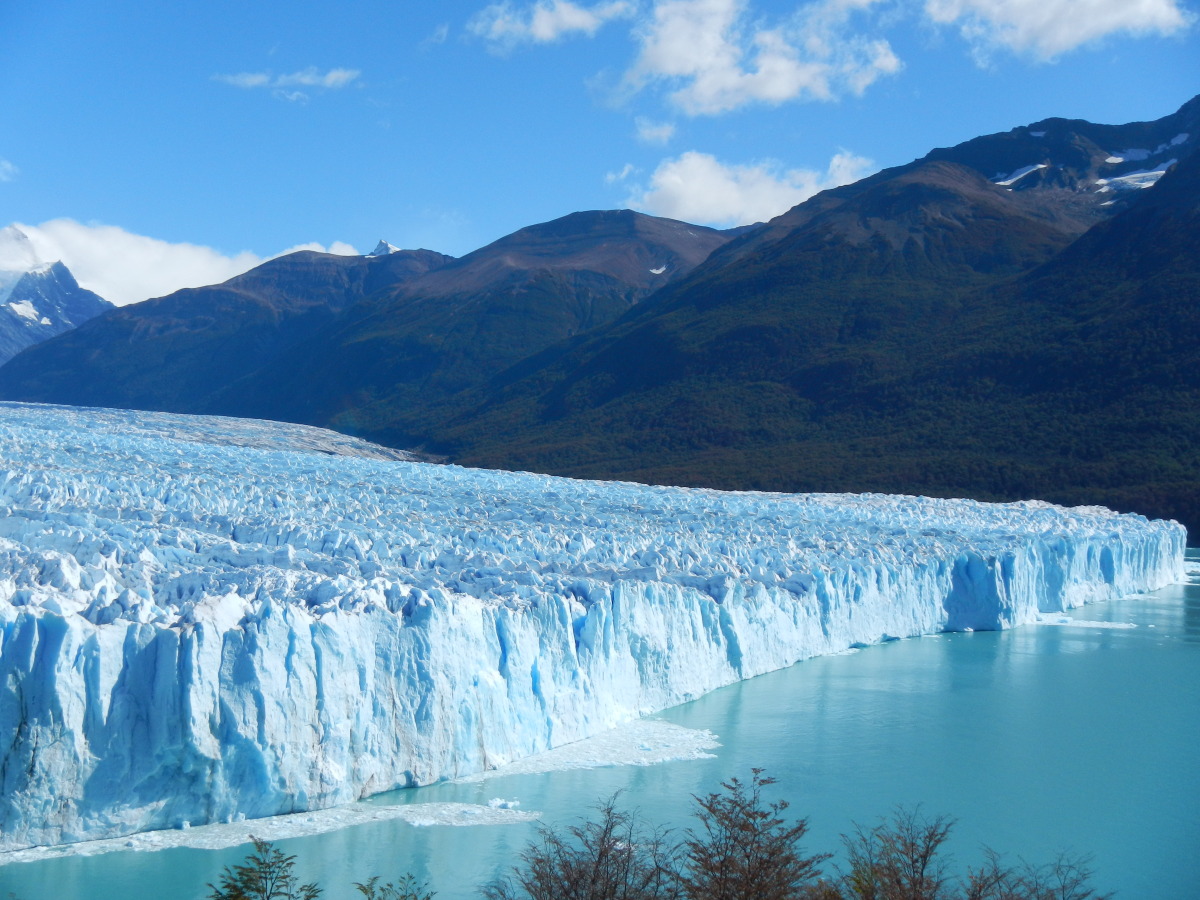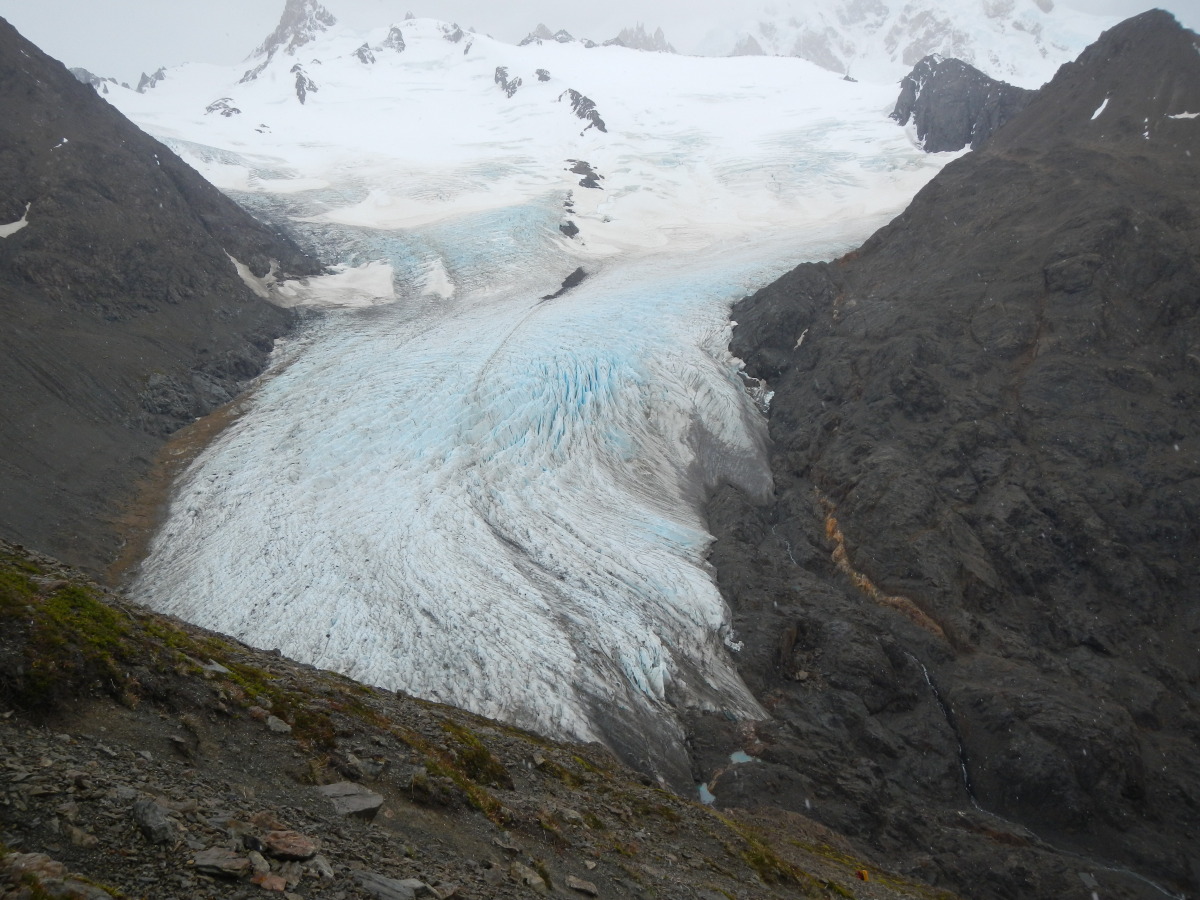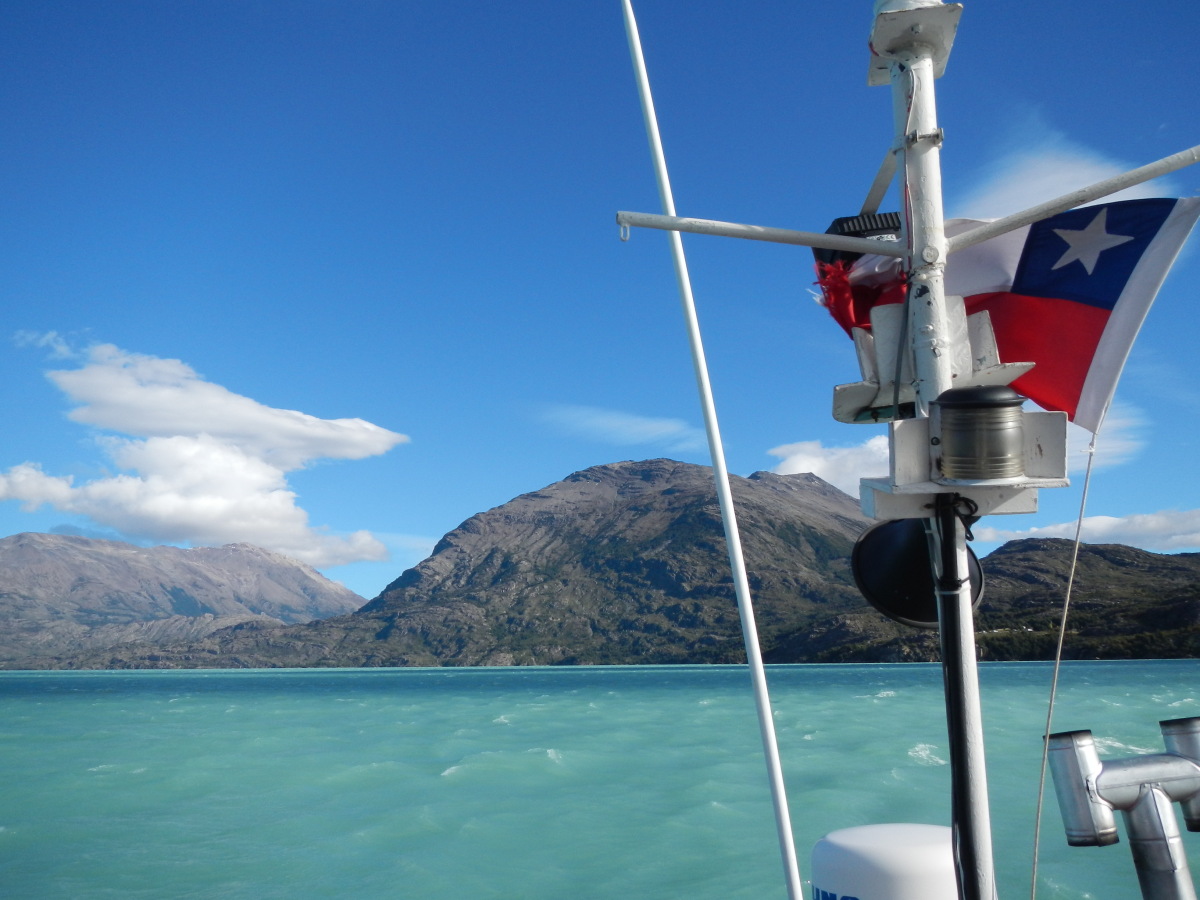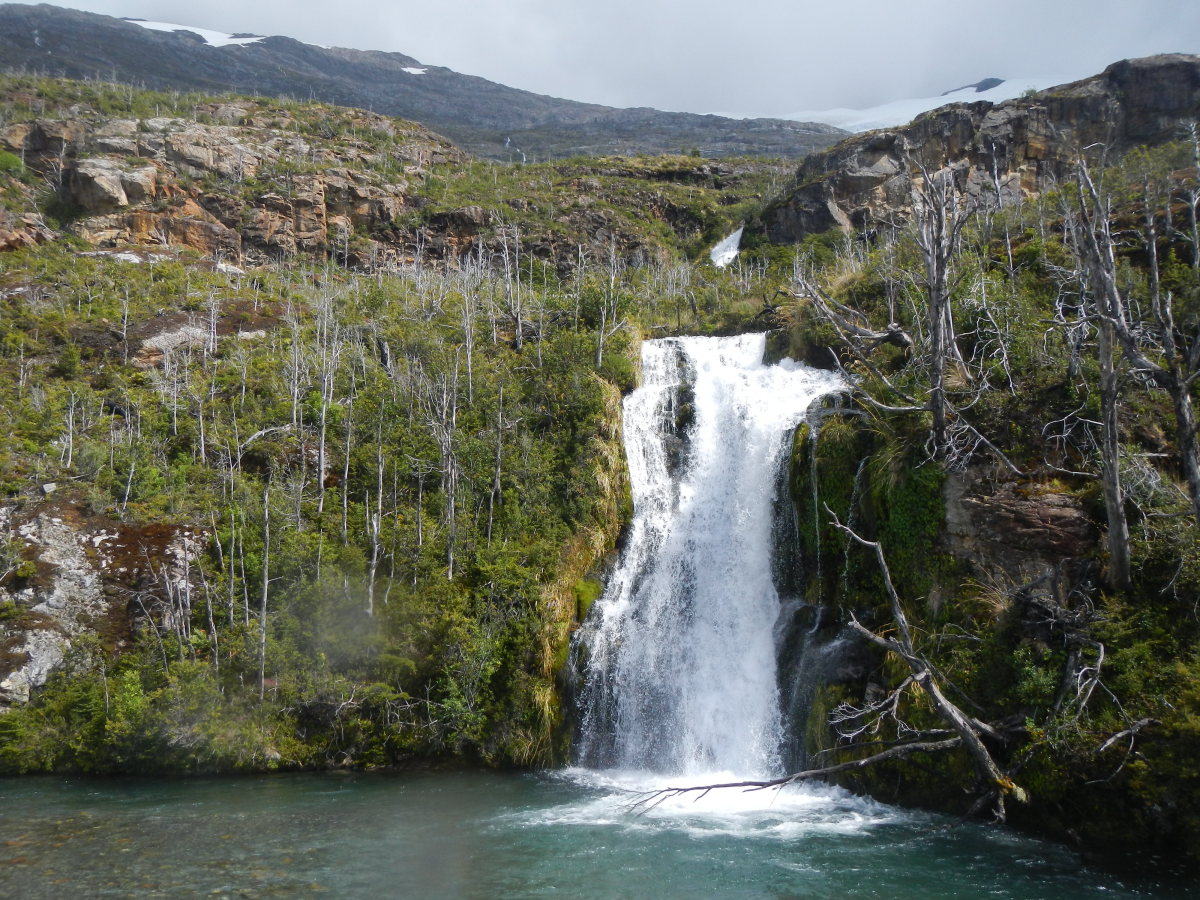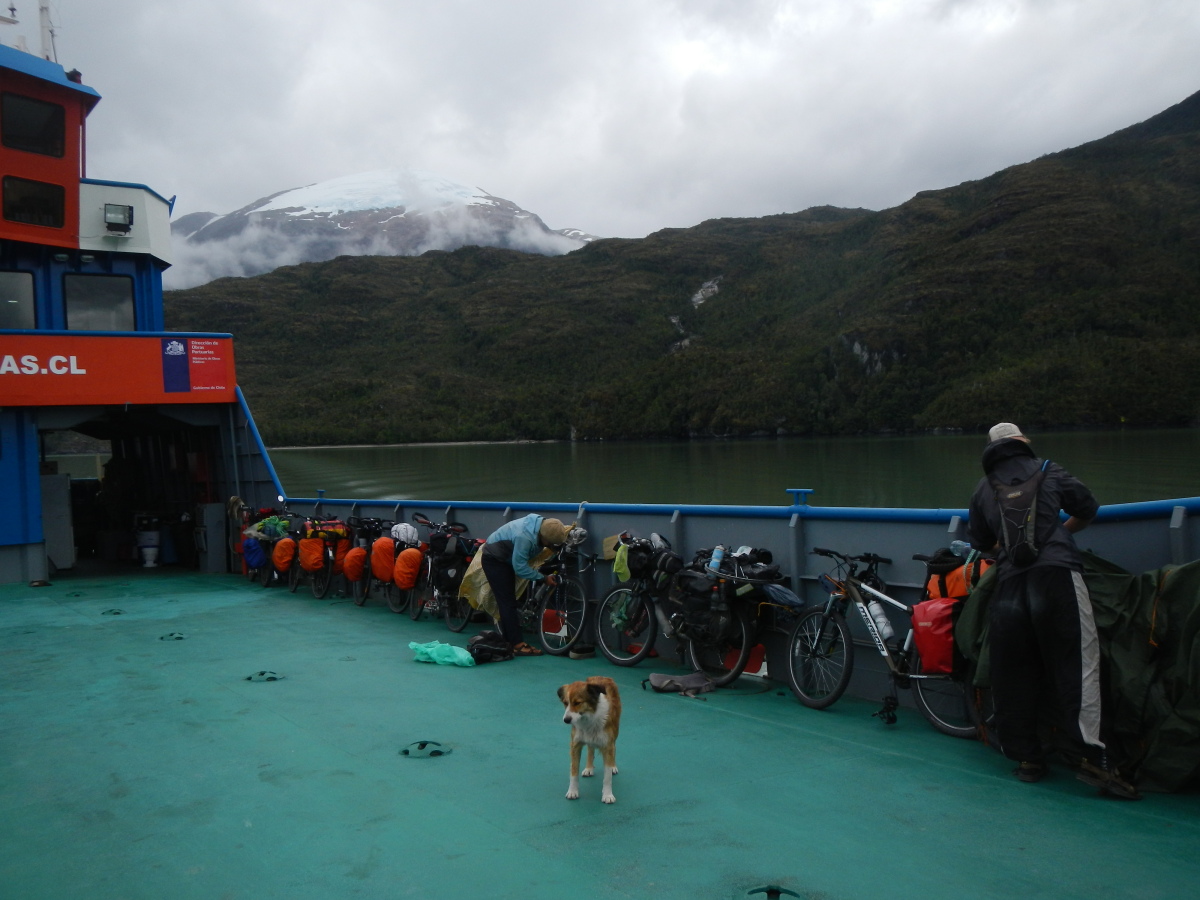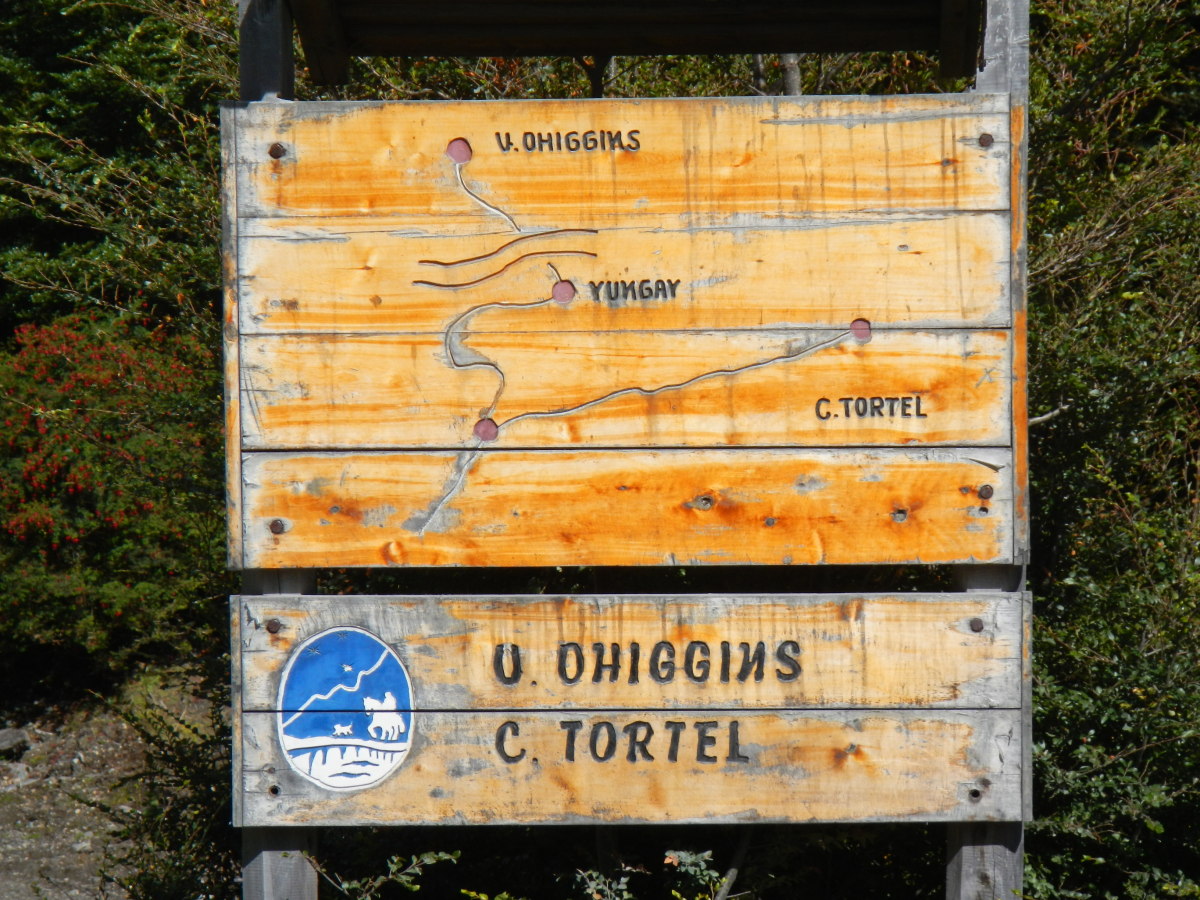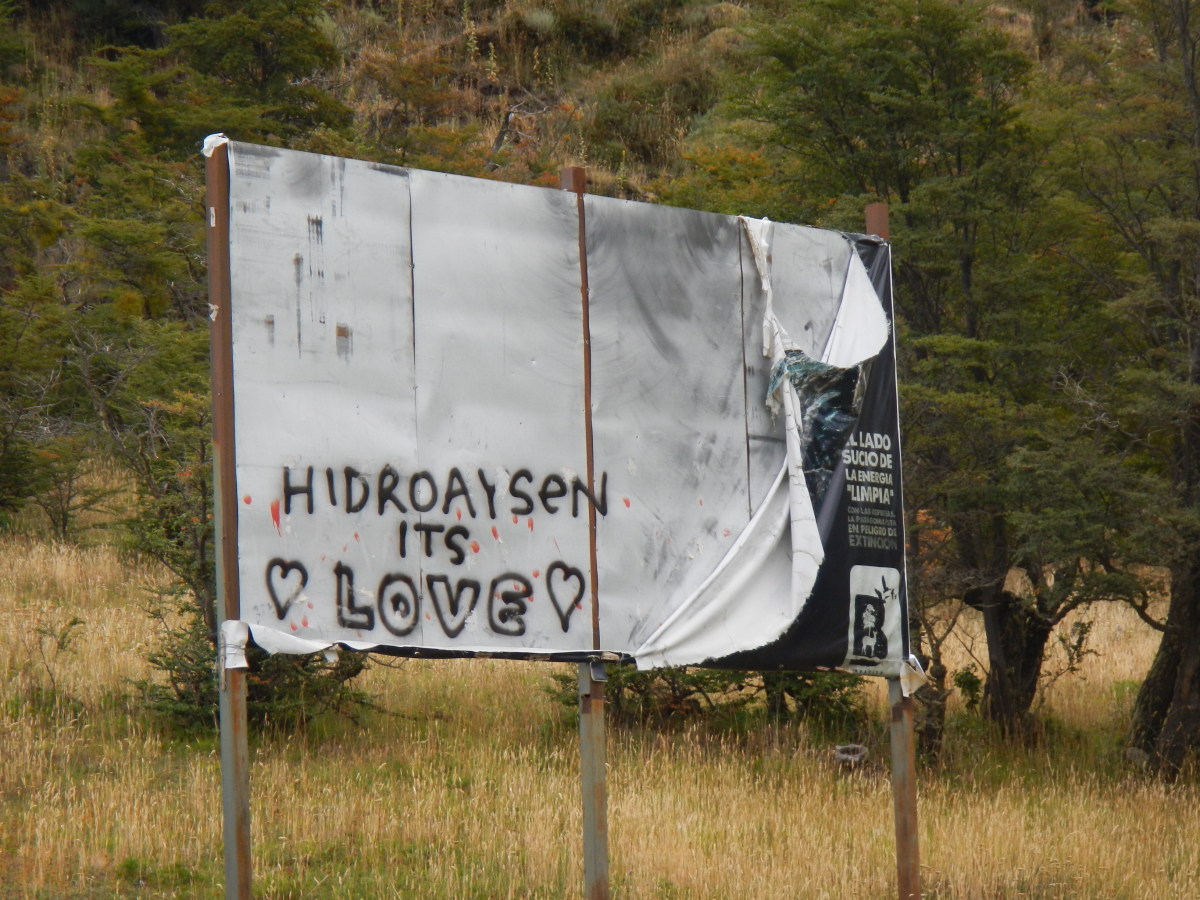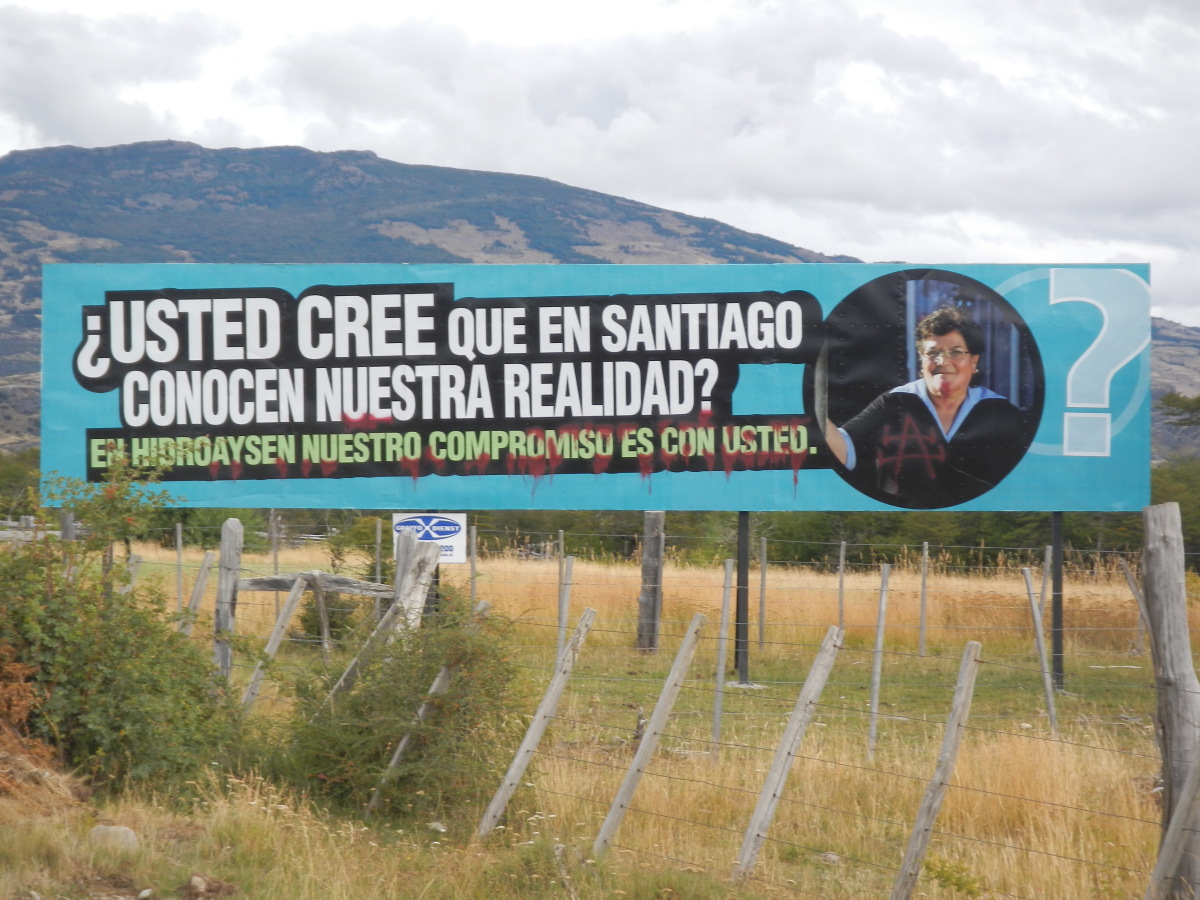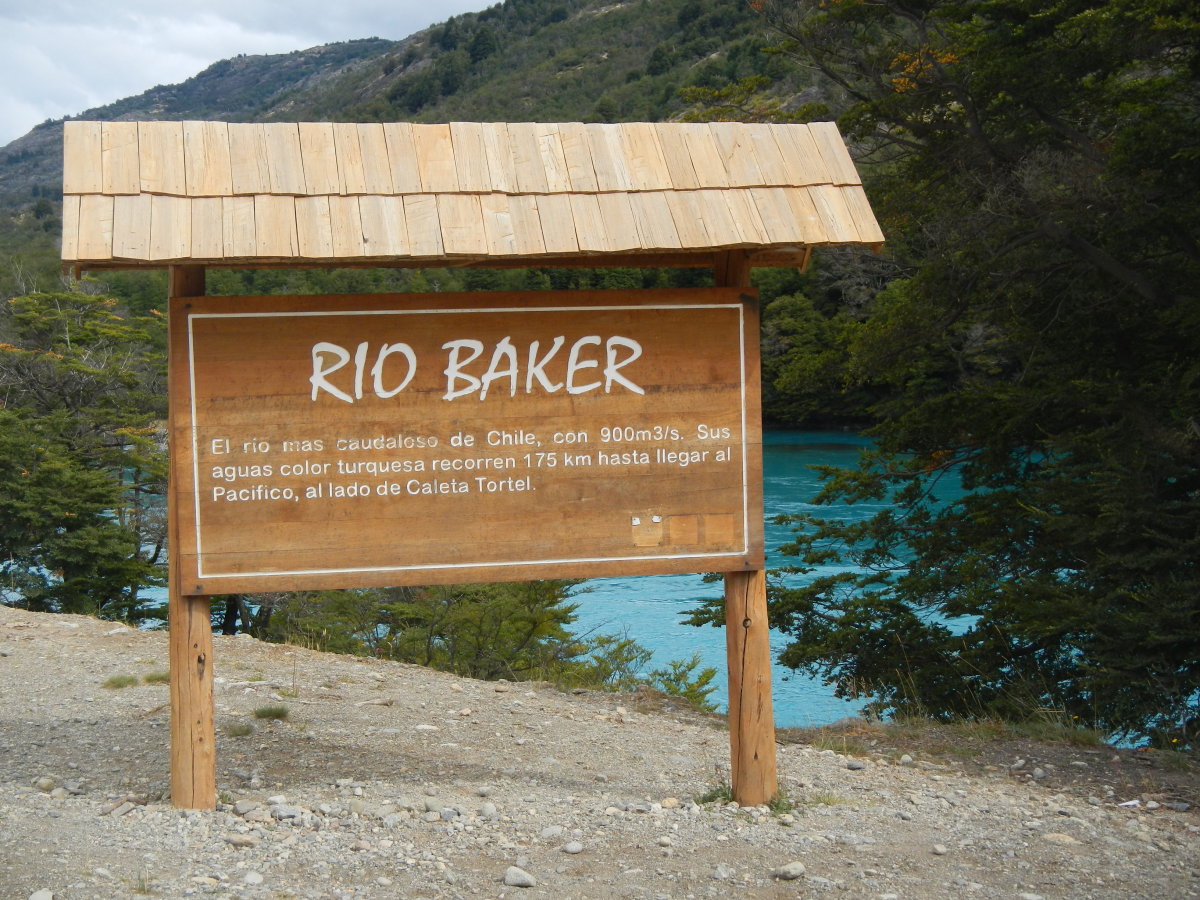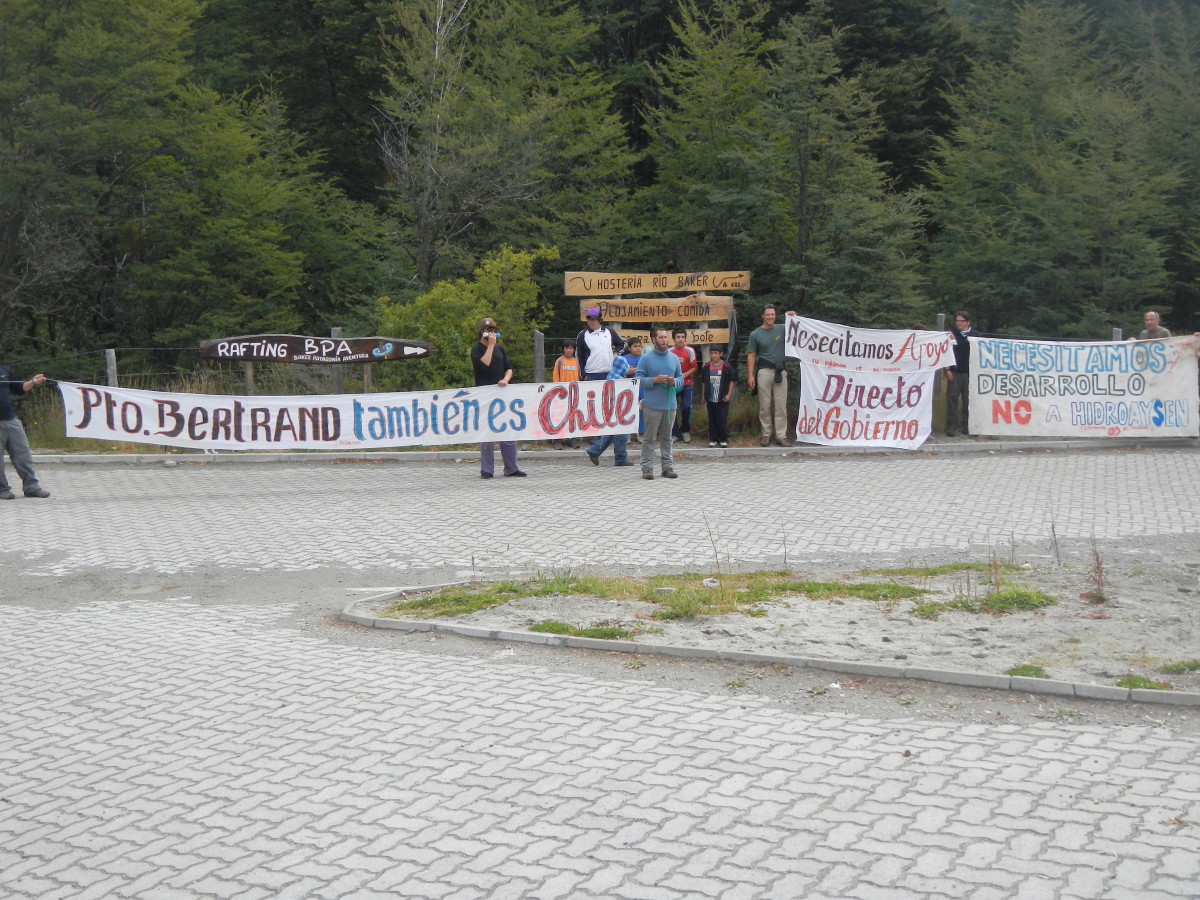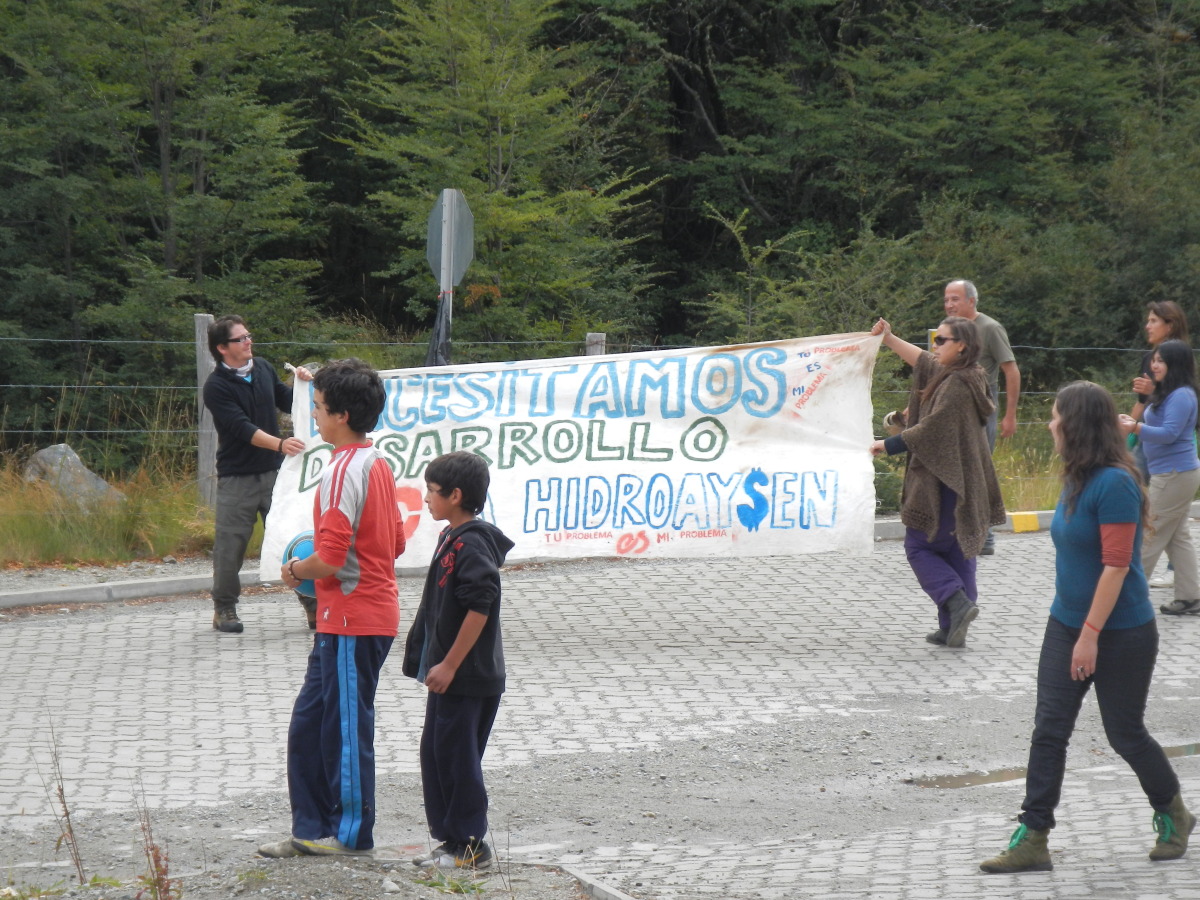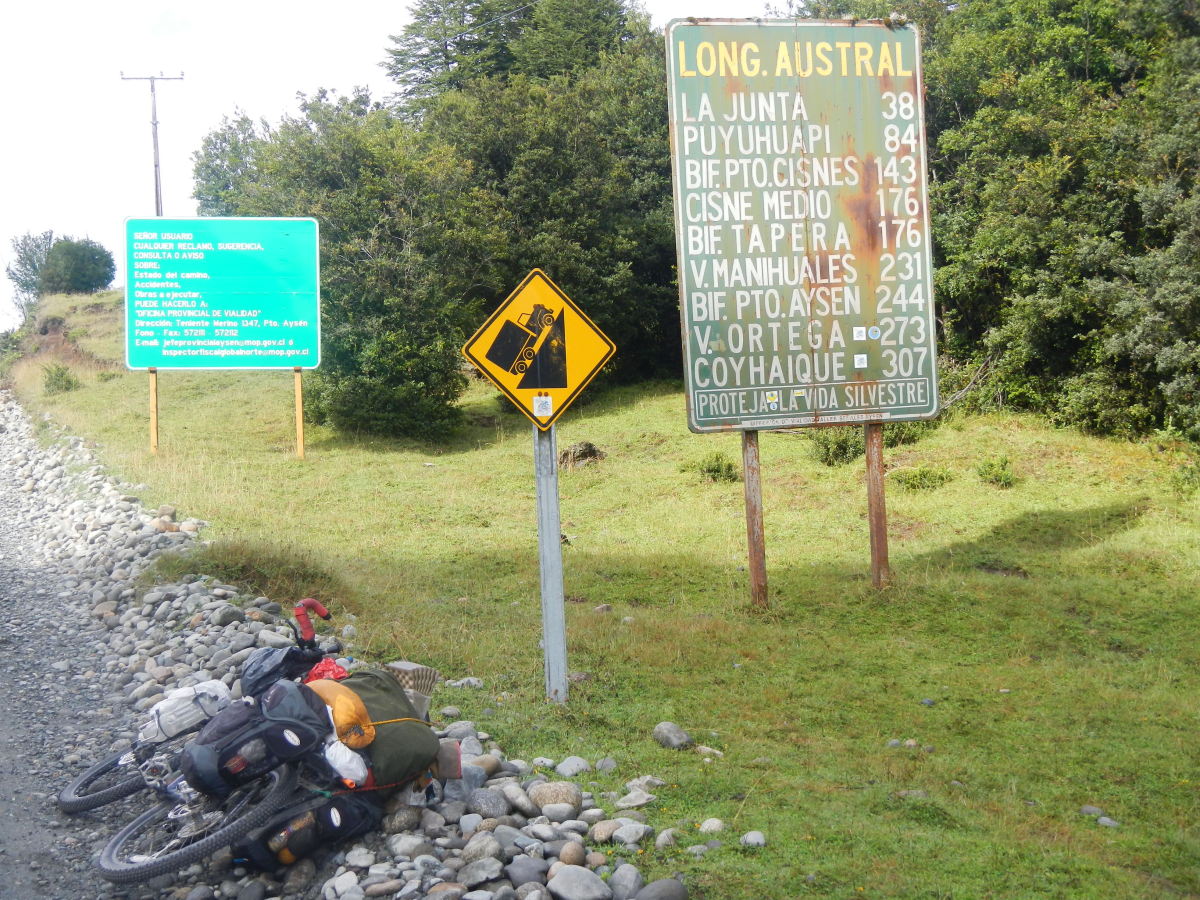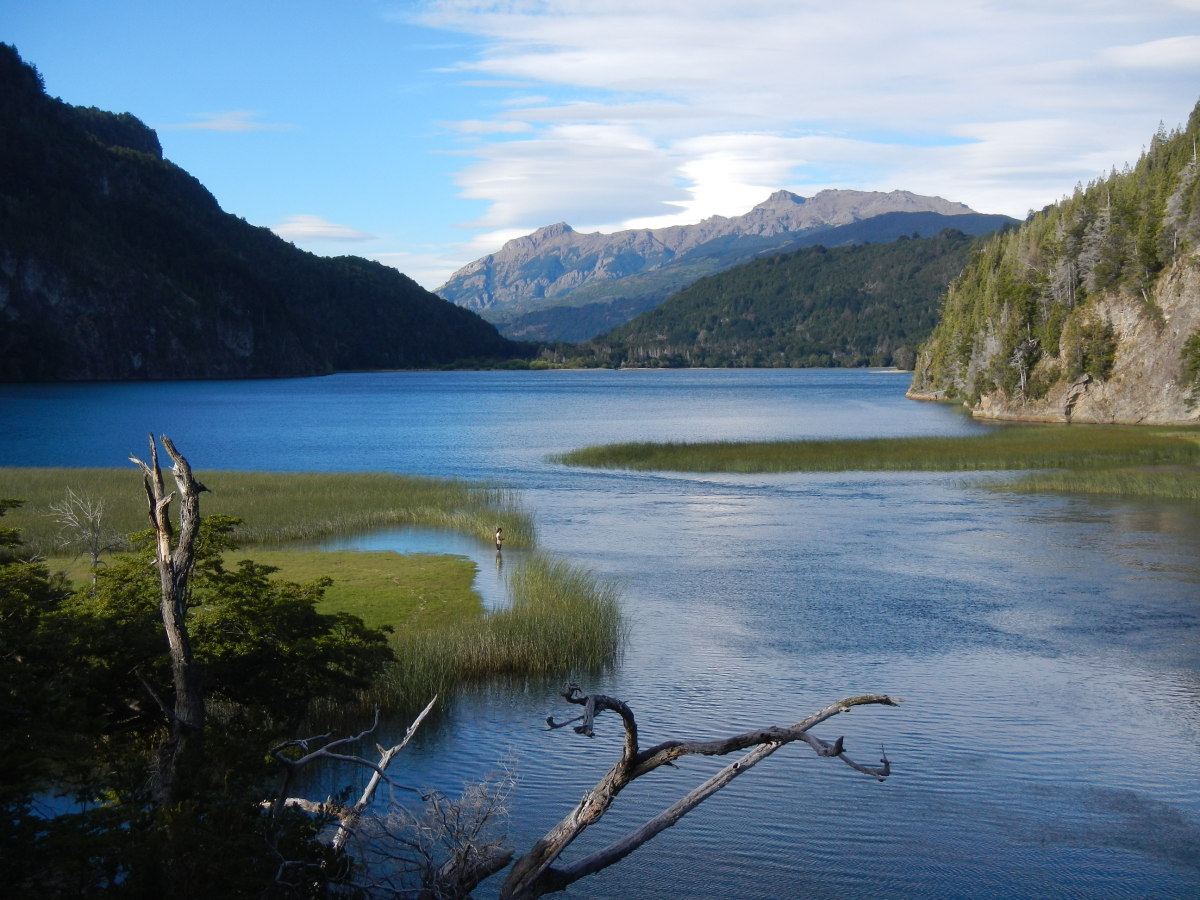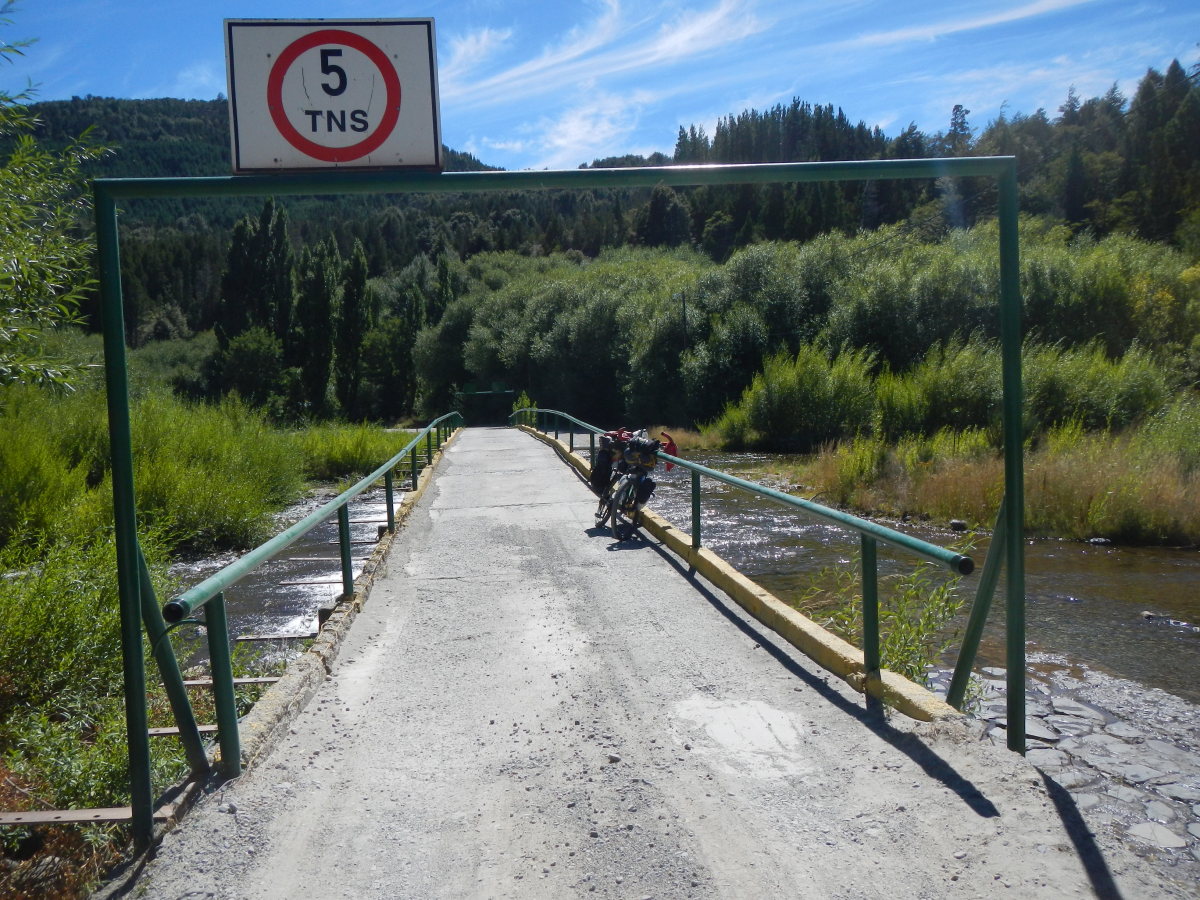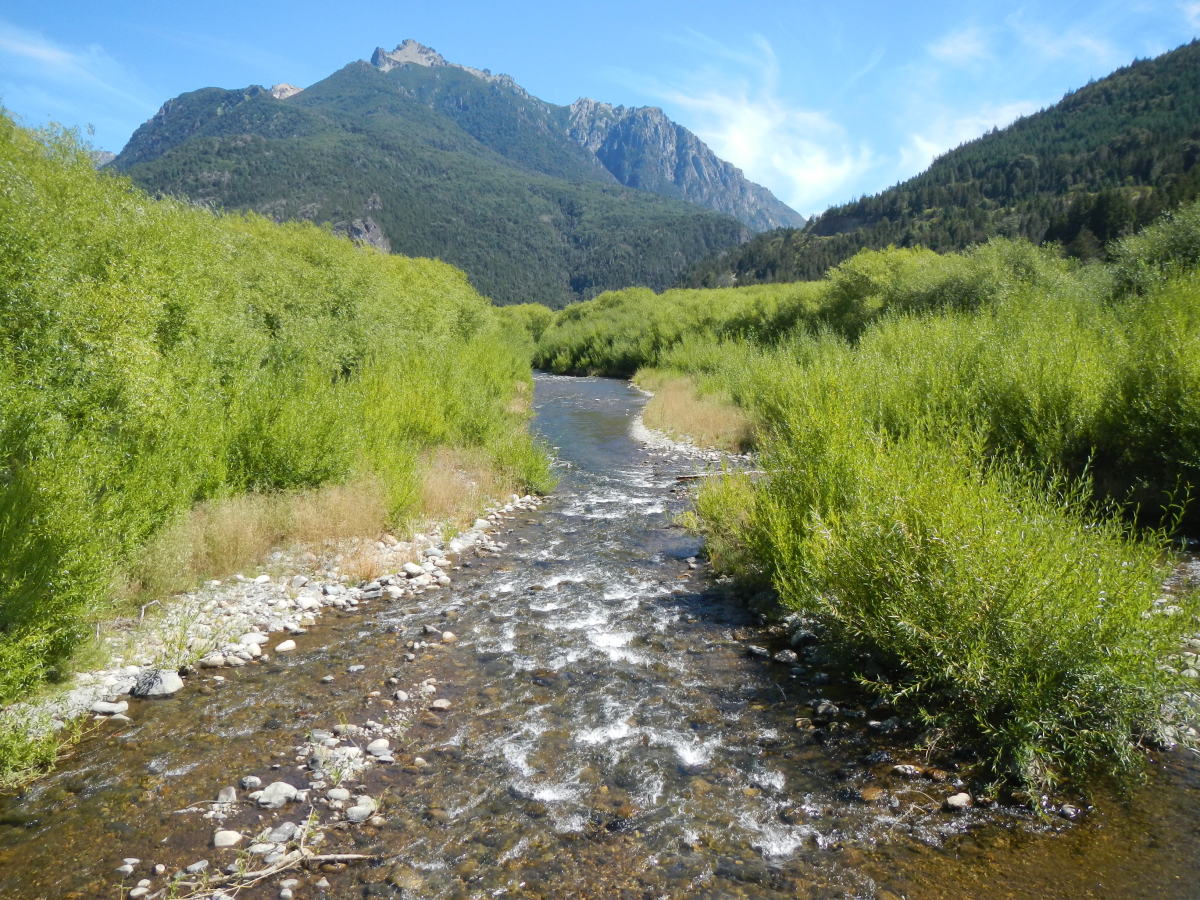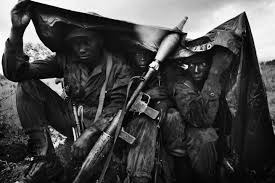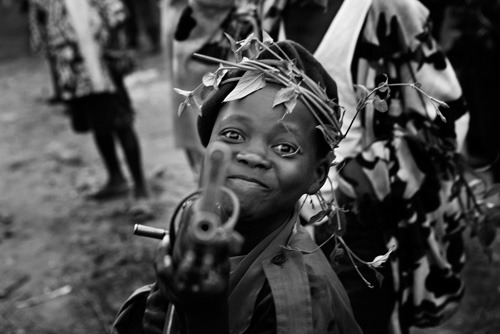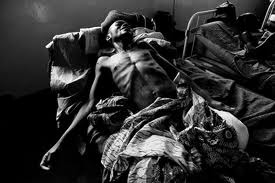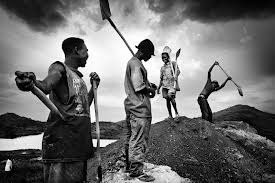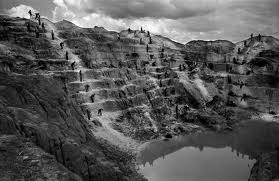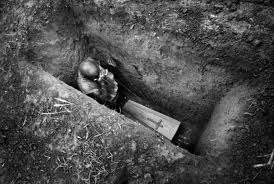WARM WATERS is a long-term photographic project investigating the impacts of climate change on the vulnerable communities and environments throughout the Pacific Region. From rising sea levels and the effects of increasingly extreme weather effects, such as El Niño and super typhoons, to floods and droughts, the destruction of coast, and the first climate refugees — I am collecting visual evidence of what is happening on the front lines of man-made global warming today, and how these phenomena are being dealt with.
ABOVE: Residents of the South Tarawa Atoll in Kiribati, bathing in the lagoon near the town of Bairiki. Seawalls protect the tiny islets of the atoll from the rising sea levels, however, many of them are constantly destroyed by high tides. (South Tarawa, Kiribati)
ABOVE: Dead coconut trees on the atoll of Abaiang, in an area of land where soils have become increasingly eroded and salinated by the regular flooding that occurs during high tides. Abaiang is one of Kiribati’s most threatened threatened islands. The government says this area is a “barometer for what Kiribati can expect in the future.” Since the 1970s the residents of Tebunginako have seen the sea levels rise and today a major part of the village has had to be abandoned. (Tebunginako, Kiribati)
Since 2013 I have travelled across most of the countries in Oceania — covering sea level rise in Tuvalu, Kiribati, Tokelau and the Marshall Islands, land grabs and related climate change issues in Papua New Guinea, super cyclones in Vanuatu, Tuvalu and Fiji, and climate change related migrations in Solomon Islands. One of the biggest issues facing mankind today, I aim to document climate change through the prism of communities whose very existence is threatened. Warm Waters shows that global warming is not a distant reality for future generations, but a critical issue for which we must all take collective responsibility and immediate action.
ABOVE: A plastic barrel of drinking water is hoisted up in the coastal village of Hanuabada in Papua New Guinea. With climate change, tides here are rising, exacerbating already severe sanitation issues. During high tide events, human waste flows freely between water resources, water-borne diseases like diarrhoea, dysentery, and typhoid start spreading, and potable water becomes scarce. (Hanuabada village, Port Moresby, Papua New Guinea)
ABOVE: Children in front of the Kiribati Parliament House in South Tarawa. Kiribati is one of the four atoll nations that are located in the Pacific Ocean. Most of Kiribati’s atolls rise no more than a couple of metres above sea level, and are very vulnerable to rising seas. (South Tarawa, Kiribati)
2015 was the warmest year on record and sea temperatures are increasing. Responsible for many of the climate conditions in the Pacific, El Niño weather patterns are intensifying. From Category 5 Cyclone Pam in South Pacific, to ice melting beneath First Nations’ feet — storms, droughts, floods, and heatwaves are becoming more severe and frequent.
The ramifications of shifting weather conditions are extremely complex. Physical environmental changes are implicating culture, history and tradition. Rising sea levels and erosion are shrinking already tiny land masses and changes to ecosystems are affecting food resources and tourism. As quickly as communities build sea walls, they are destroyed by storm surges. As people rebuild homes and schools after a cyclone, they are damaged by another. Rising temperatures are fracturing once solid ice and cracks are appearing in otherwise strong communities. People need move inland, and in the most extreme cases, relocate entirely.
“They are not escaping war or persecution, they are fleeing their own environment. They are the world’s first climate change refugees.”
ABOVE: An aerial view of Majuro, the capital of the Marshall Islands. The Marshall Islands comprises two chains of coral atolls, together with more than 1,000 islets. It is on average just two meters above sea level. The country faces an existential threat from rising sea levels with some predictions claiming that the islands will be swamped by the end of the 21st century. (Majuro, Marshall Islands)
ABOVE: A collapsed house on the banks of Mataniko River in Honiara, the capital of the Solomon Islands. In 2014 the region was badly affected by flash floods, which took the lives of 22 people and left 9,000 homeless. Thousands of homes located on Mataniko’s banks were washed away and many gardens were destroyed. (Honiara, Solomon Islands)
The longer the locals on these submerging islands search for solutions, the more their landmass is decreasing. While discussions elsewhere in the world still revolve primarily around the causes of climate change, the lives of those living in the Pacific revolve around adaptation and survival. Carbon dioxide emissions continue to accumulate in the atmosphere and these communities, some of the world’s most vulnerable, are already experiencing the reality of one of the greatest challenges facing humanity.
ABOVE: A father and son building a sea wall in front of their house in Fale village, Fakaofo Atoll, Tokelau. About 350 people live on this islet, which has a height of no than two metres above the high water mark during ordinary tides. In an attempt to fight the rising sea levels, Fale residents have enclosed their islet in concrete, with 5 to 7 metres high sea walls, hoping to protect their homes from storm surges. (Fakaofo Atoll, Tokelau)
ABOVE: Children playing in the water near a seawall in Tebikenikoora village, one of the islands most affected by sea level rise area in Kiribati. The village is regularly flooded during high tides despite residents attempts to build sea walls or take care of those that were built by the local government, but frequent big waves continue to damage them, putting resident’s houses, and gardens, under constant threat. (South Tarawa, Kiribati)
In 2014 and 2016, I visited Kiribati and the Marshall Islands — small, submerging island states that are starting to disappear because of rising sea levels and the extreme power of super typhoons, which fall on them far more often than in previous decades. Scientists say that they will be unsuitable for habitation by the end of the century. These countries are located on coral atolls, pieces of land in the middle of the vast ocean, which are only several dozen meters wide in their narrowest parts.
During high tides and severe storms, huge waves flood the roads, and seawater gets into the houses, also destroying gardens and vegetable patches. In some parts of Kiribati, whole villages have had to move inside the island because of coastal erosion.
“People live in constant fear that their homes will be destroyed, and their small children washed into the ocean, so during bad weather some parents tie up their children to heavy objects inside the house.”
ABOVE: Children playing on a sea wall in the town of Betio, near the rusting remains of a wrecked ship that was lifted and smashed onto the wall during a king tide in February 2015. (Betio, South Tarawa, Kiribati)
ABOVE: Jorlang Jorlang, 70, lies on his bed while his wife Tita finishes hanging laundry. In April 2014 a ‘king tide’ hit their house in Jenrok village on the Marshall Islands, and the seawater came inside. The rest of the family evacuated the house, but Jorlang couldn’t move, due to his disability. His wife had to stay with him for two days and wait until the water was gone. (Jenrok, Marshall Islands)
In Majuro, the capital of the Marshall Islands, I visited a cemetery where the graves are gradually submerging. For me, this one of the most convincing arguments for those who deny the effects of climate change and global warming , because why would anyone build cemeteries within reach of the tide on purpose? Several decades ago the locals would never have thought that the bones of their ancestors would be underwater.
ABOVE: A graveyard in Jernok village that is slowly being destroyed by the rising seas, in the Marshall Islands’ capital Majuro. “Cemeteries along the coastline are being affected,” says Kaminga Kaminga, a climate change negotiator for the Marshall Islands. “Gravesites are falling into the sea. Even in death we’re affected.” In June 2014, rising sea levels washed out the remains of 26 Japanese WWII soldiers on Santo Island. (Jernok, Marshall Islands)
ABOVE: Children playing ‘hide and seek’ in Teone’s graveyard in Funafuti, the capital of Tuvalu. Massive coastal erosion in Teone caused many coconut trees fall down, and the sea eaten its way into and around the trees that are still standing. People from Teone are threatened on one side by the ocean and its tide surges and on the other by a pit that fills with salt water at high tide due the soil salinisation. (Teone, Funafuti, Tuvalu)
I also visited the Polynesian island nation of Niue, which has land much higher above sea level. Already, some of the inhabitants of Tuvalu, another Oceanic state that is gradually submerging, have been relocated to Niue. In recent years, many of the locals from Niue have been emigrating to New Zealand in search of work, so the authorities decided to give Tuvaluan people a home to populate again partly abandoned villages.
ABOVE: Hetu, 8, holds a shark that was caught by fishermen in Fakaofo Atoll, Tokelau. Tokelau is a small atoll nation of Polynesia, which is a self-administering territory of New Zealand. Access to Tokelau is possible only by ferry from Samoa, and boats usually depart every two weeks from Samoan capital Apia. Isolation, lack of job opportunities, and vulnerability to climate change has the forced majority of Tokelauans to leave their homes in search of a better life in New Zealand or Australia. (Fakaofo Atoll, Tokelau)
ABOVE: Children of Etas village on Efate Island watch a water truck delivering drinking water to their village. After Cyclone Pam hit Vanuatu on 13 March 2015, many local communities were left without fresh water supplies. International charity Oxfam organised an airport water tank truck to come to the villages around Port Vila and help locals to fill their barrels with drinking water. Over 15 people died in the storm and winds up to 165 mph (270 km/h) caused widespread damage to houses and infrastructure. Cyclone Pam is considered one of the worst natural disasters ever to affect the country. (Etas, Efate Island, Vanuatu)
In 2015 after spending time capturing the aftermath of the destructive Cyclone Pam on Vanuatu, I travelled to Tuvalu on a UNICEF commission. I was lucky to find myself on the same ship as the official delegation, headed by Tuvalu prime minister Enele Sopoaga, and including almost all ministers. The ship went to the most remote islands of Nui, Vaitupu and Nukufetau, all severely damaged by Cyclone Pam. I was the only professional photographer there to capture the aftermath of the cyclone.
Before our arrival the huge waves had eroded the cemetery on Nui, and there were bones and half-decomposed bodies floating all over the island. The pigs and chickens had started to eat them, and so the Tuvaluan government sent instructions that all of the animals must be killed to prevent disease spreading. For the locals, whose livelihood is based on fishing and animal husbandry, it was, of course, a tragedy.
ABOVE: People from Nukufetau Atoll boarding the ‘Manu Folau’, a ship that will take them to Funafuti, the capital of Tuvalu, where they hope to take refuge. Nukufetau was among the other outer islands of Tuvalu that were badly hit by Cyclone Pam in March 2015. Many residents left the damaged areas and went to to stay with relatives in Funafuti, which was not affected by the cyclone. (Nukufetau Atoll, Tuvalu)
ABOVE: Nelly Seniola, 35, extension officer in the Tuvaluan fisheries department, shows a photograph on his laptop of a corpse that was washed out of a cemetery by a storm surge. Nelly told me, “There were many dead bodies, skulls and bones floating around. Pigs and chickens started to eat some of the bodies. We received a radio message from the capital, that we had to kill those animals, as they could spread diseases.” (Tuvalu)
ABOVE: A house on stilts, built over a polluted ‘borrow pit’ on the edge of Funafuti, in Tuvalu. The settlement, called Eton, is threatened on one side by the ocean’s waters and tide surges and, on the other, by stagnant saltwater filled ‘borrow pits,’ where sand and rocks were excavated by the American military during WW2 in order to build a runway. The pits are a dump for the refuse that is increasingly clogging the islands and a health hazard for those living alongside. (Funafuti, Tuvalu)
Towards the end of 2015 I made a one-month trip around the islands in northern part of Oceania, including Guam, the Northern Mariana Islands, and the Federated States of Micronesia and Palau. In addition to documenting the effects of coral bleaching and sea level rise, I was also capturing the aftermath of super typhoon Maysak, the most powerful pre-April tropical cyclone on record in the Northwestern Pacific Ocean.
Maysak affected Yap and Chuuk states in the Federated States of Micronesia, with damage estimated at $8.5 million (2015 USD). The Red Cross reported there were as many as 5,000 people in desperate need of food, water, and shelter, and who required emergency assistance.
ABOVE: Roxanna Miller, monitoring technician of the University of Guam Marine Lab, inspecting species of staghorn corals severely impacted by coral bleaching event in 2013–2014. The bleaching resulted in loss of about half of all Guam’s staghorn corals. Although the remaining corals are slowly recovering, because of the increasing effects of global warming they can be hit again by rising water temperatures and extreme low tide events. Loss of the coral reefs would directly impact on local fishermen, as the habitats the corals provide to reef flat fish communities, would be gone. (Guam)
ABOVE: A small islet in the Ulithi Atoll. With only a few palm trees remaining, it is almost entirely submerged during high tides. (Ulithi Atoll, Yap State, Federated States of Micronesia)
Most recently, I spent time in Fiji, Samoa, Tokelau, and the Solomon Islands. On the 20 and 21 February 2016 Category 5 Severe Tropical Cyclone Winston hit Fiji, destroying the country’s infrastructure and thousands of homes. At the time of my visit, 43 people had been confirmed dead and more then 60 thousand had been forced to flee, living in evacuation centres hurriedly set up across the country.
ABOVE: The southern part of Taveuni Island in Fiji is among the areas most affected by Cyclone Winston. Some villages were completely destroyed and people were left without food for about a week, as access to the island was cut off. (Taveuni Island, Fiji)
ABOVE: Locals prepare food rations, given by private donors, for delivery to affected villages of southern part of Taveuni Island in Fiji, one of the most affected areas. (Taveuni Island, Fiji)
As global warming continues, many countries in the Pacific region will feel the effects of the destabilization of the planet’s ecosystem. Extreme weather events, such as unusually high temperatures and cyclones are already devastating small island nations. I have decided to dedicate several years to the Warm Waters project, and have plans to travel around the whole Pacific region from Alaska to New Zealand, documenting the unpredictable and severe effects of climate change.
ABOVE: Teiwaki Teteki, 28, carries his 4-year-old son Paaia to the shore in heavy rain. Teiwaki and other passengers travelled to Taborio village from North Tarawa by “te wa uowa” (double) canoe, which is the only way to get from north of the Tarawa Atoll to the south during high tide. For nearly two years, it has been raining almost every day in the northern part of the Gilbert Islands chain. In 2015, the annual rainfall was 4 times higher than the average. (South Tarawa, Kiribati)
And yet, despite the painful and challenging situations I have witnessed, this project is as much about resilience as it is about tragedy. Local and international organizations are helping to introduce renewable energy, new water tanks, and fortified roads into these communities. People are being relocated following, and in case of, the ever-increasing likelihood of natural disasters related to global warming. And in the children, I see hope. When it floods, they swim in the pools of water near their houses, or try to surf on improvised surf-boards during high tides.
“Many communities in the Pacific are optimistic and resilient, determined to find solutions rather than be case studies of climate change victims.”
ABOVE: A young girl playing in the remains of an oil barrel near the shore of Tebunginako village in Kiribati. The island nation is slowly being swallowed by rising sea levels, and will likely be uninhabitable before the end of the century. (Tebunginako, Abaiang Atoll, Kiribati)
—
Some photos from this gallery were taken on assignments for UNICEF Pacific and Oxfam Australia
THIS ARTICLE WAS ORIGINALLY PUBLISHED ON MAPTIA.
VLAD SOKHIN
Documentary photographer, multimedia producer and film-maker, represented by Panos Pictures. Author of the book, ‘Crying Meri’.
































































